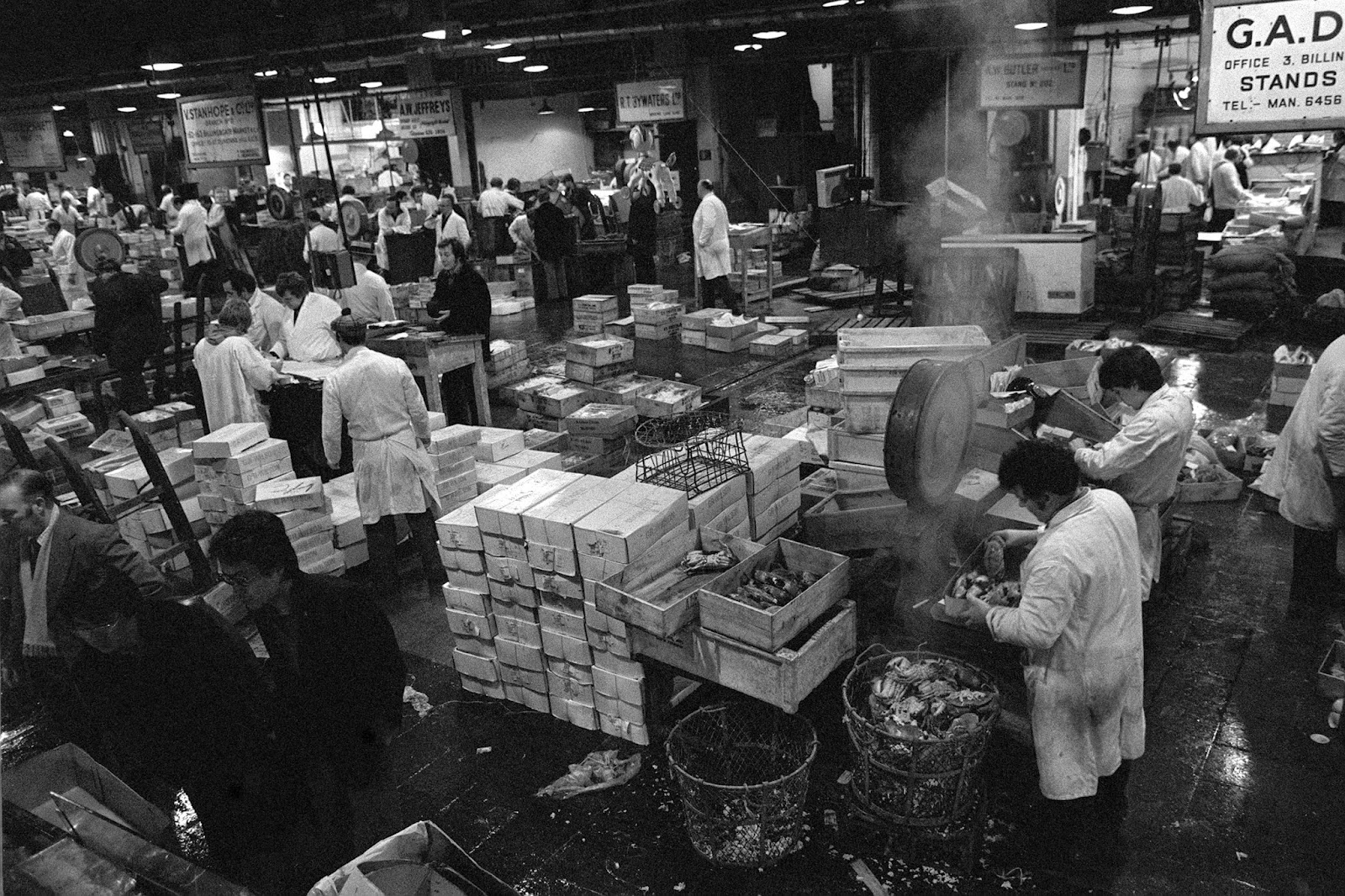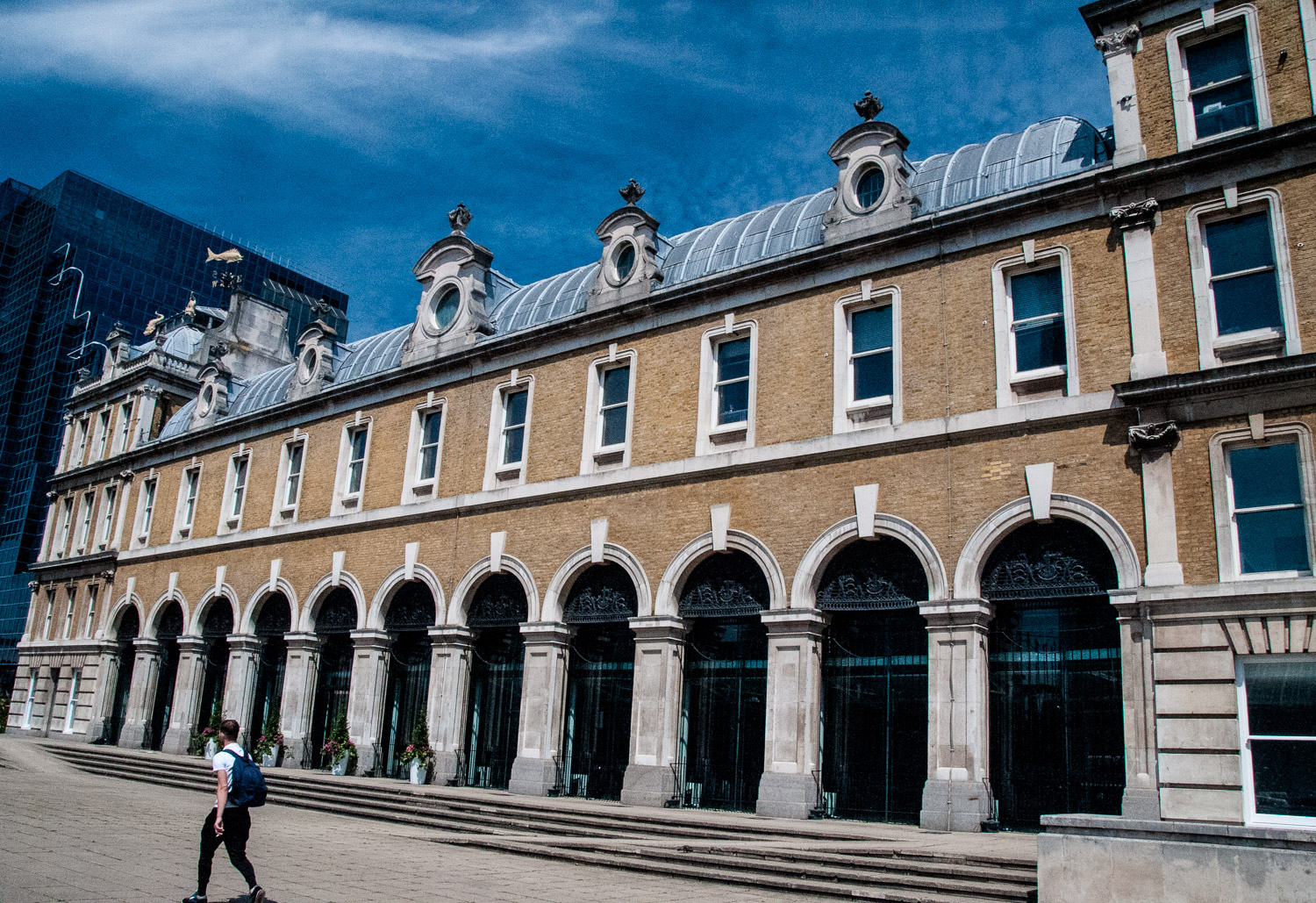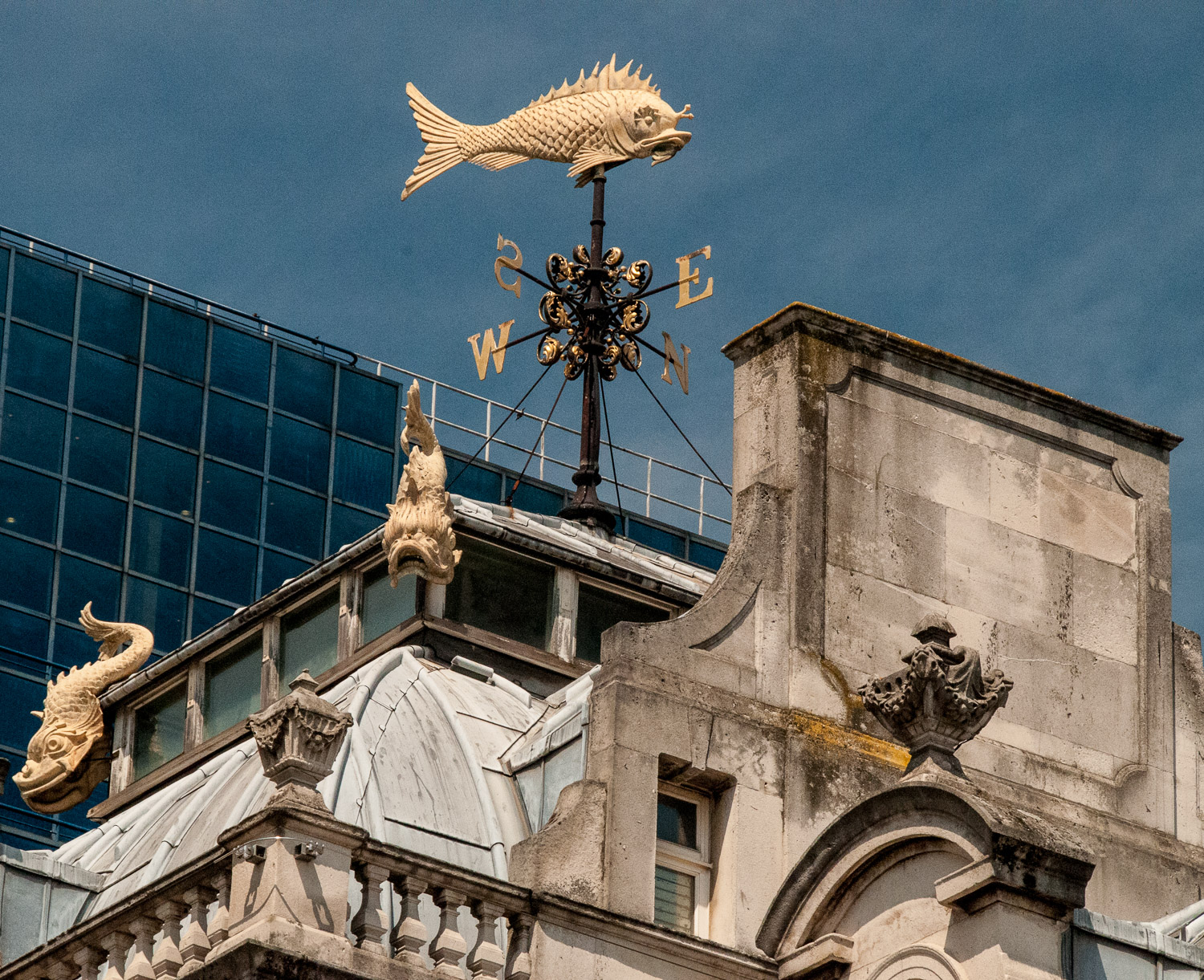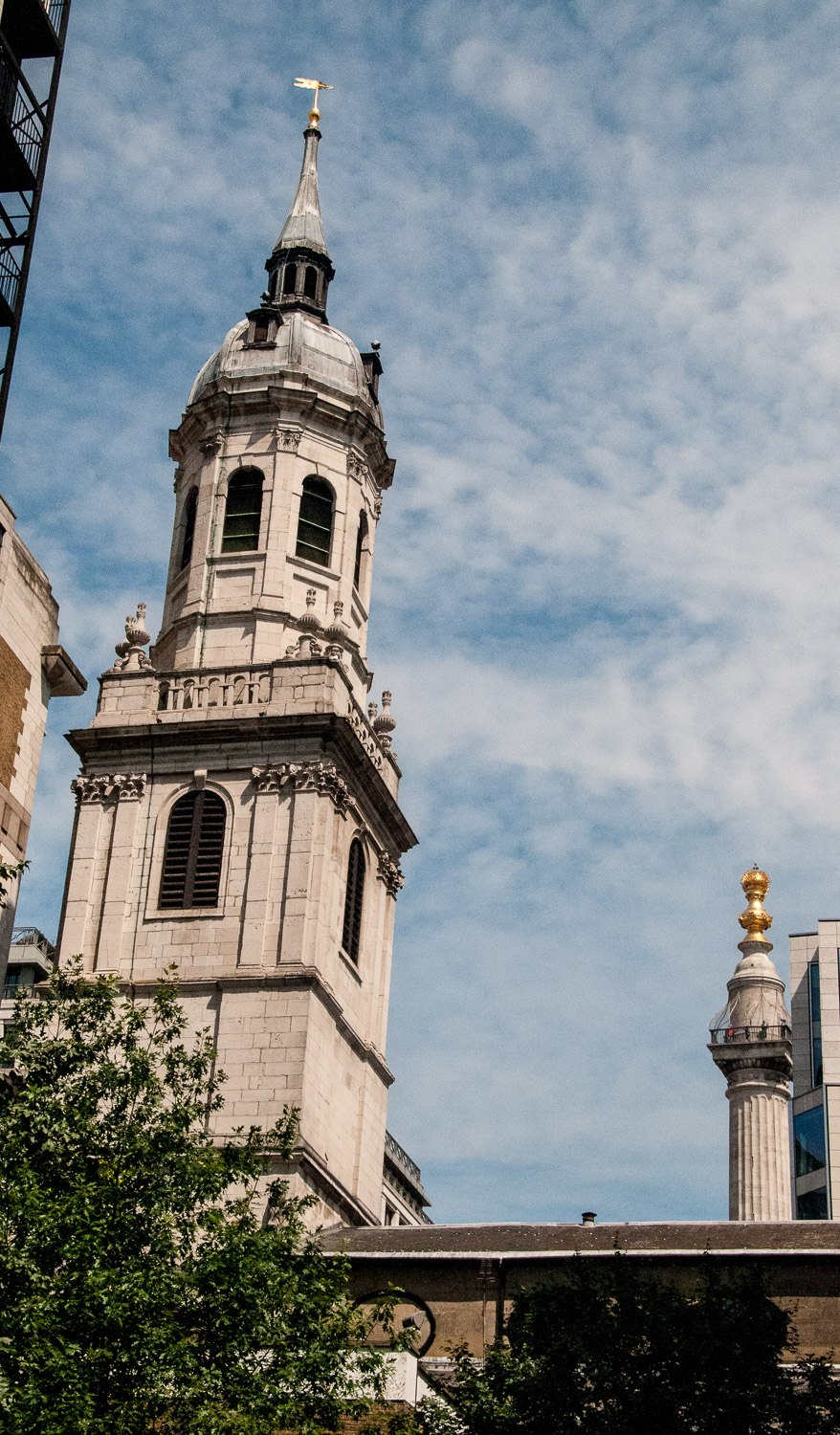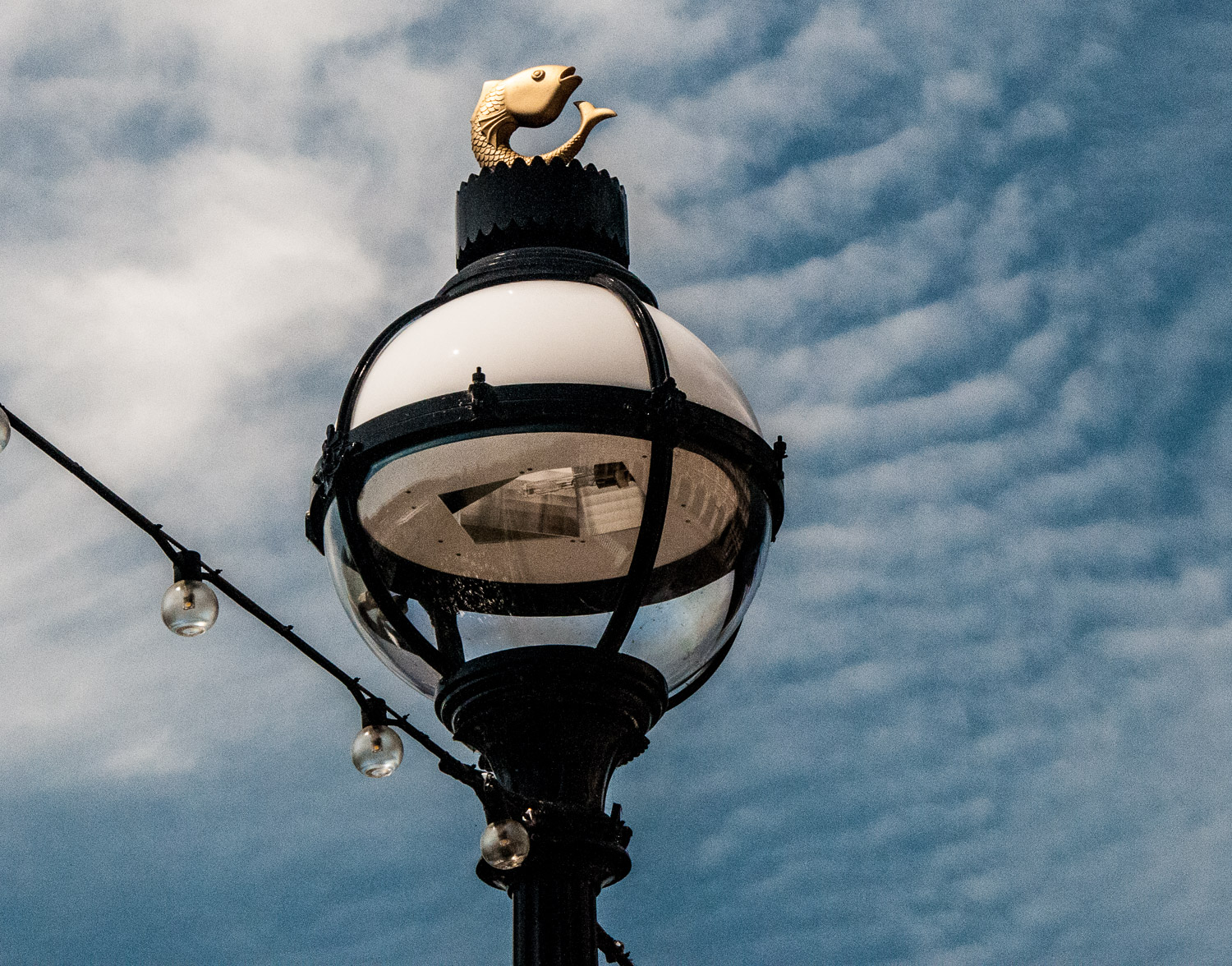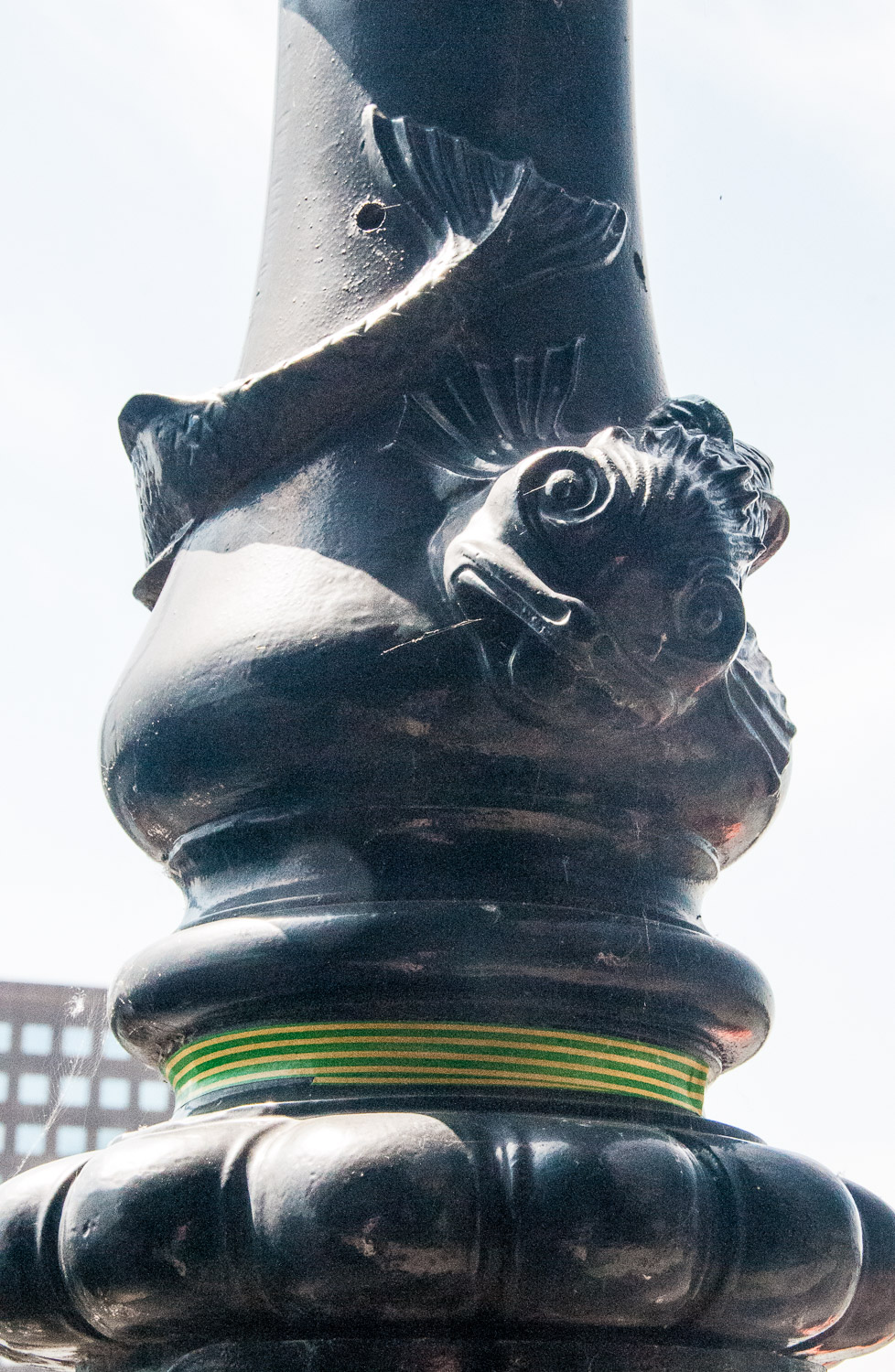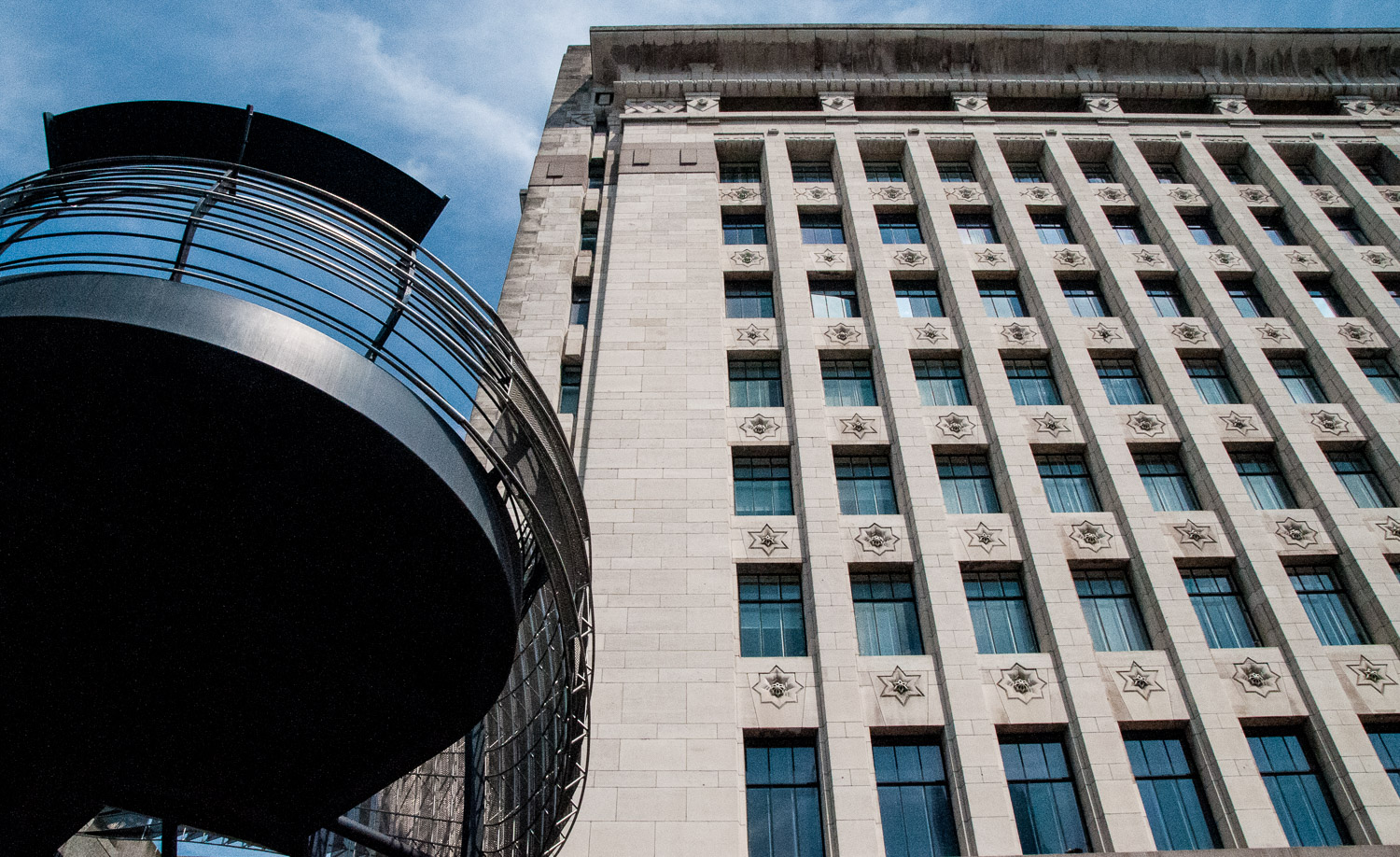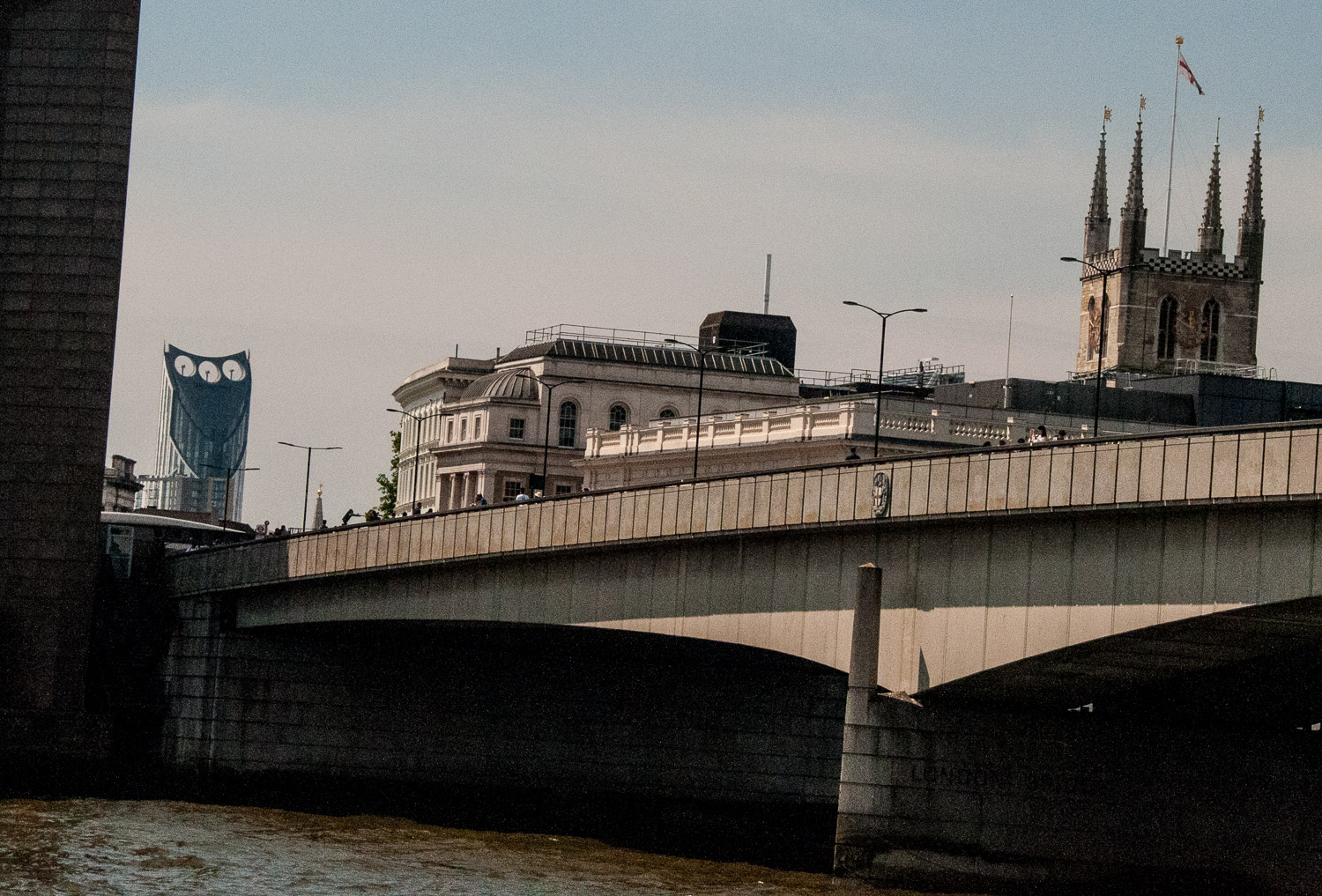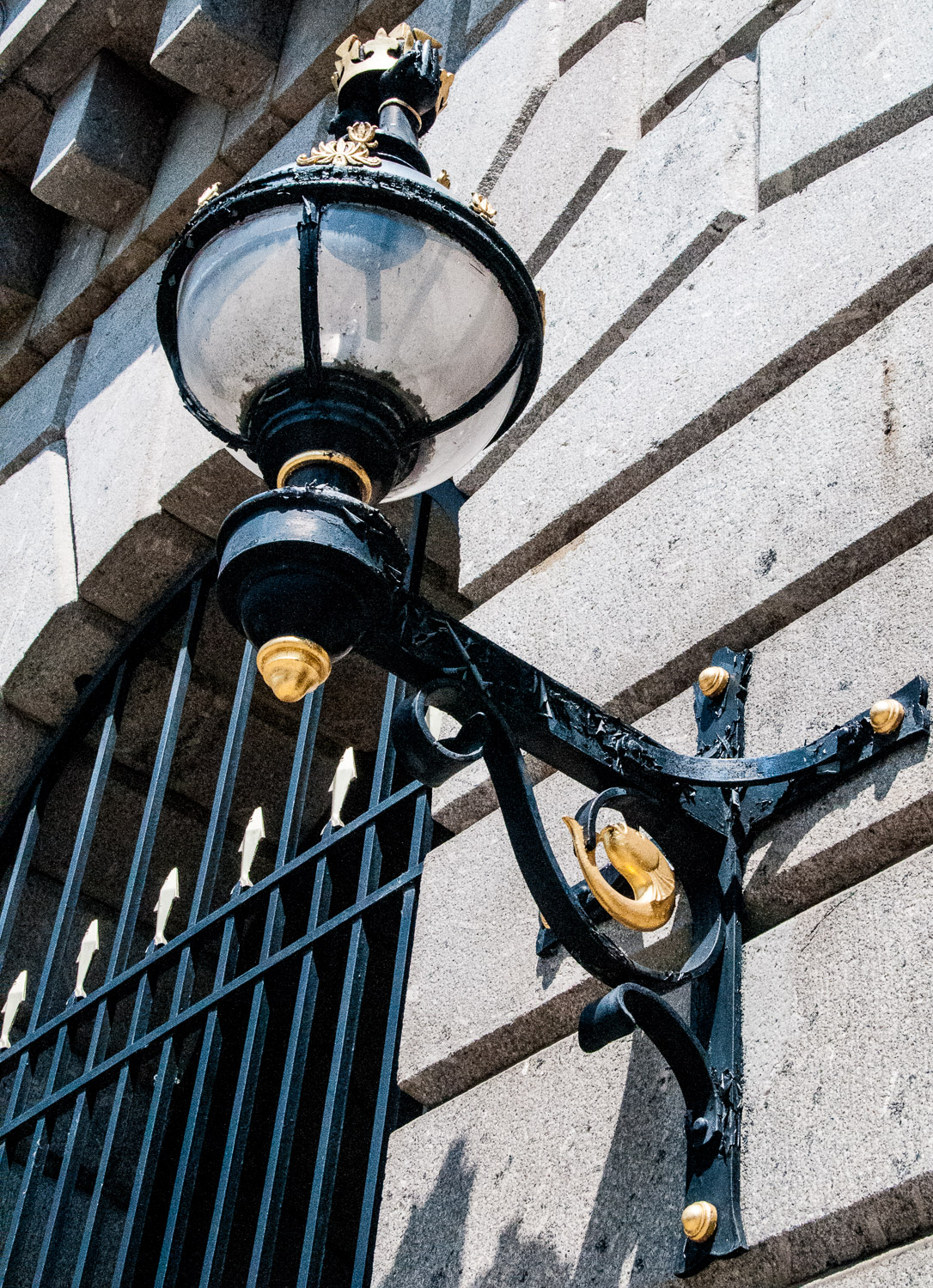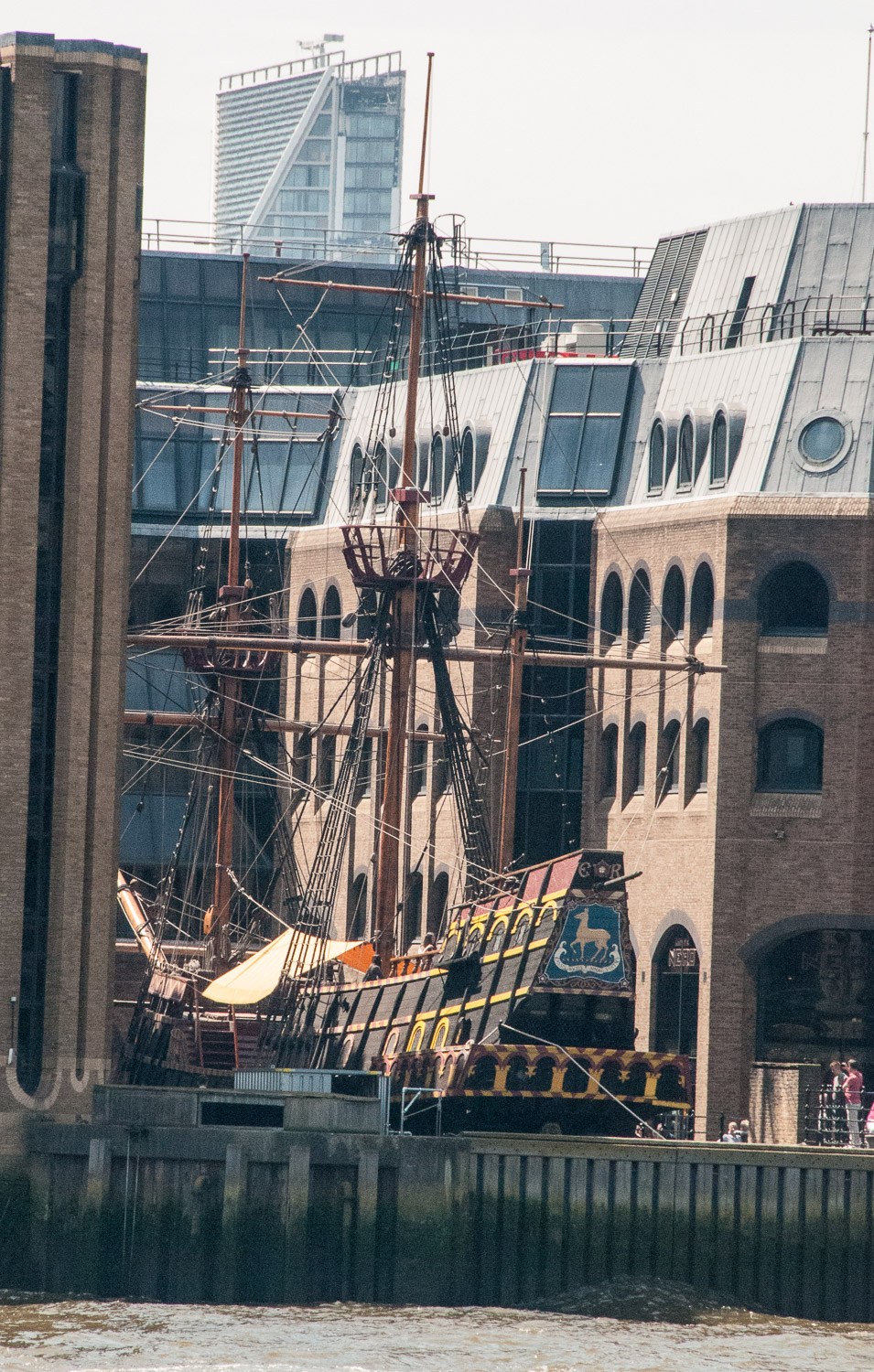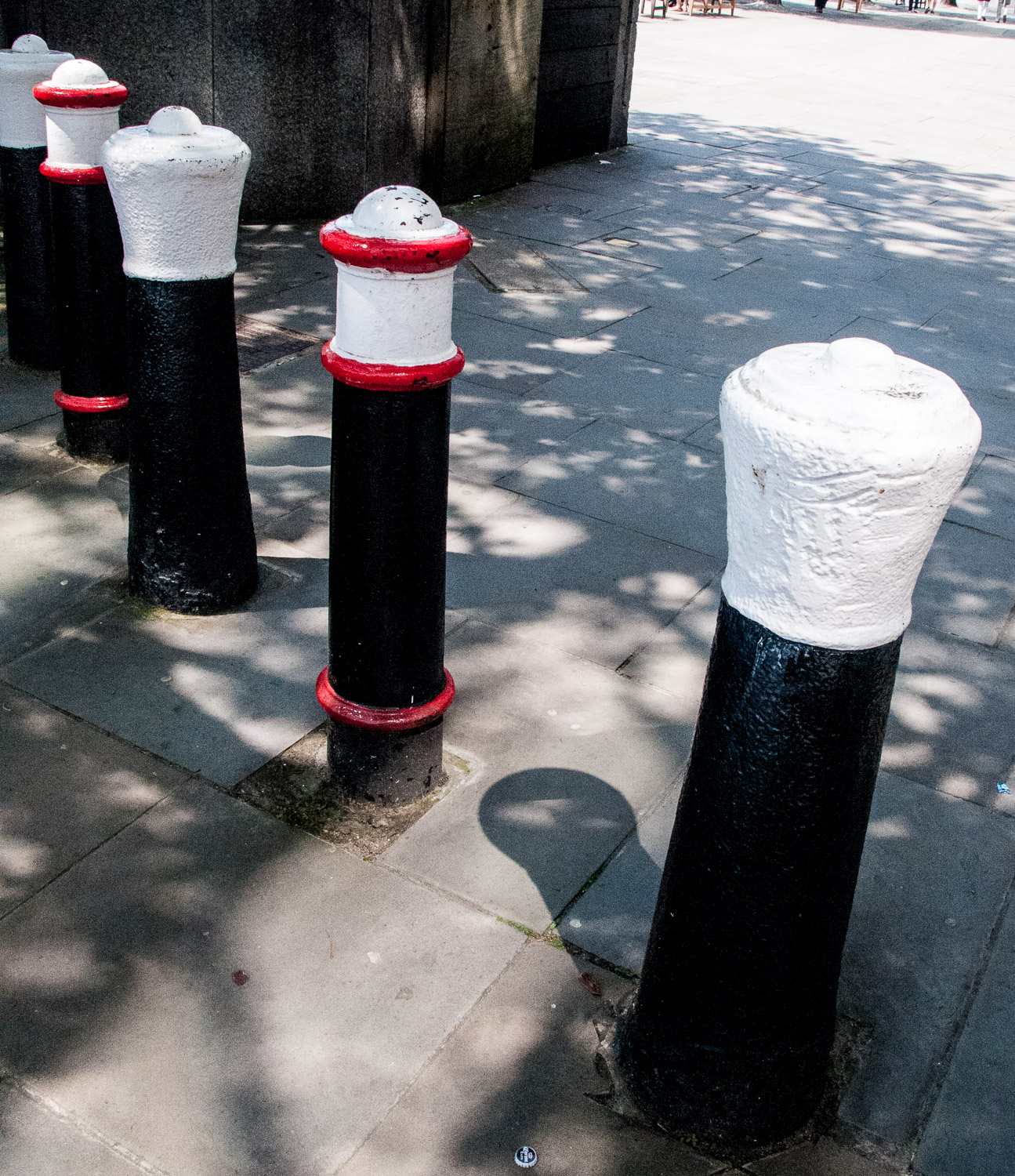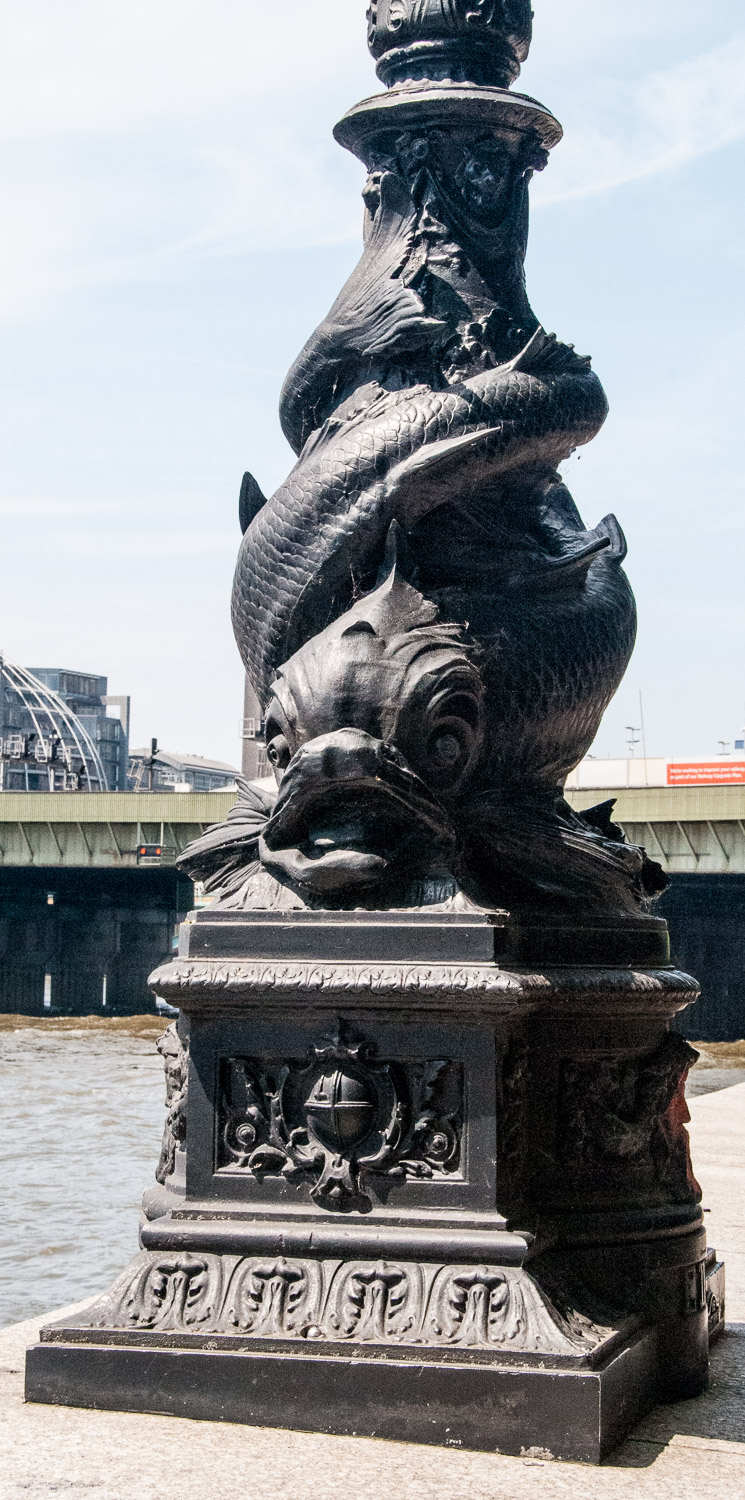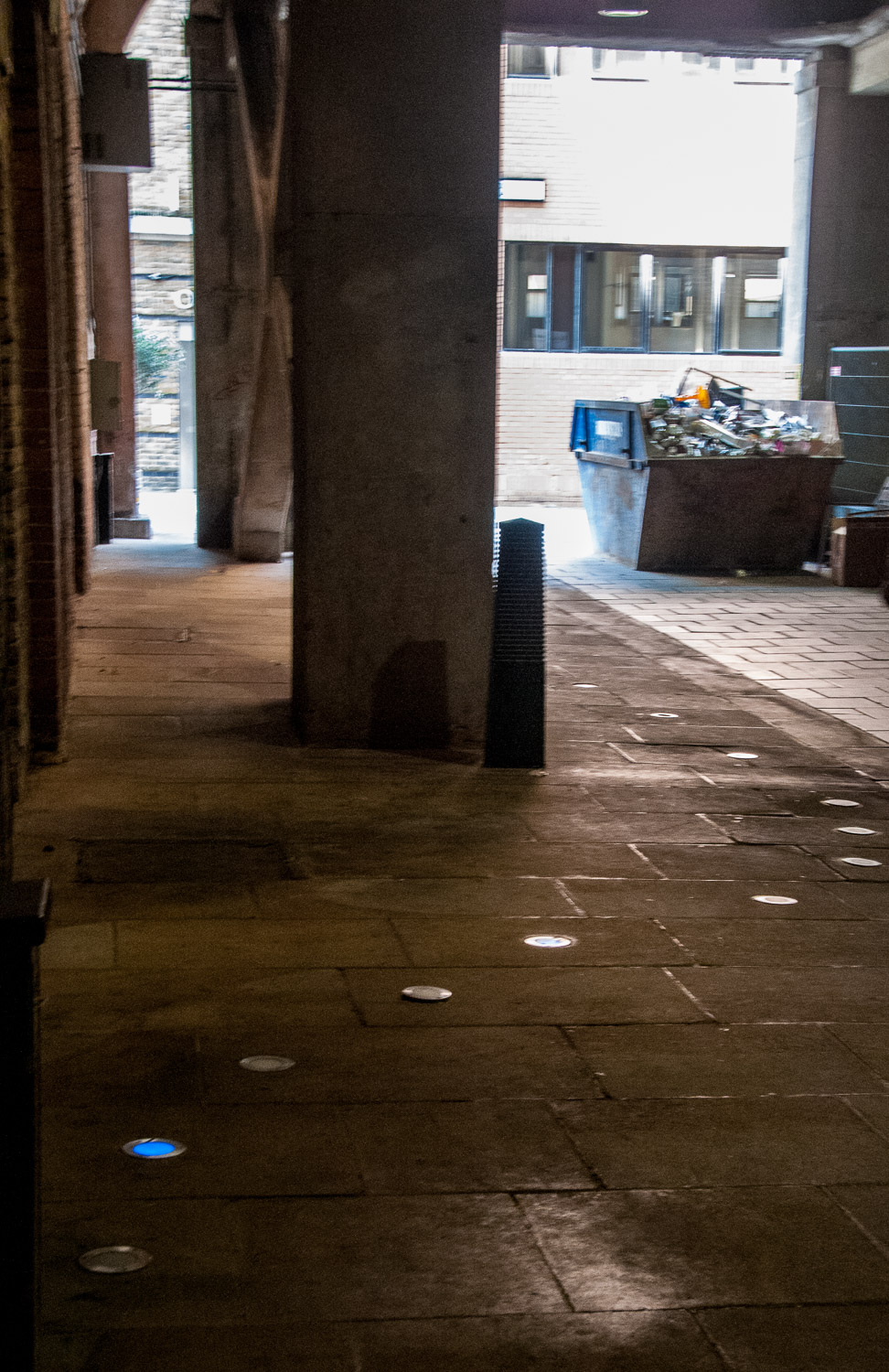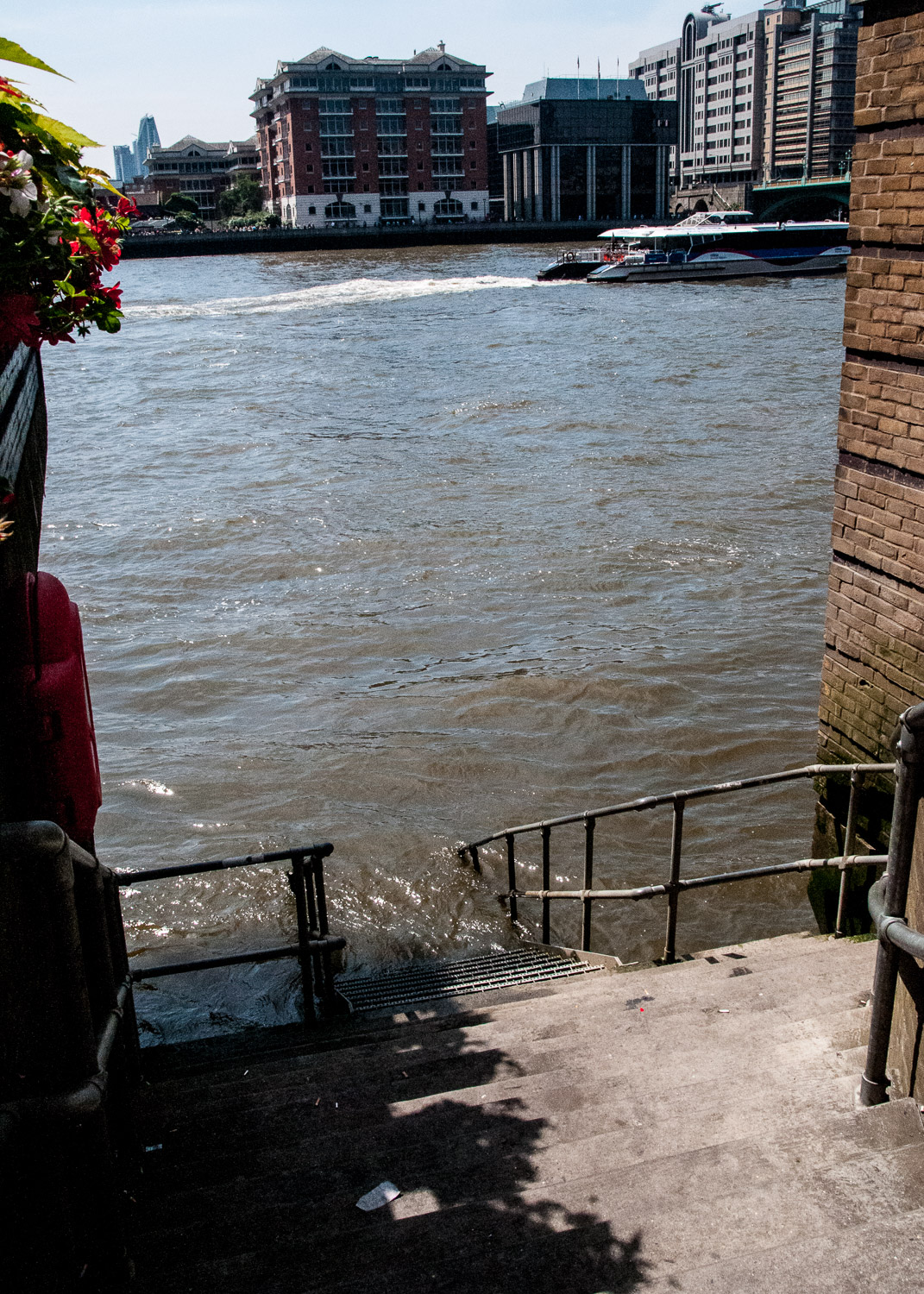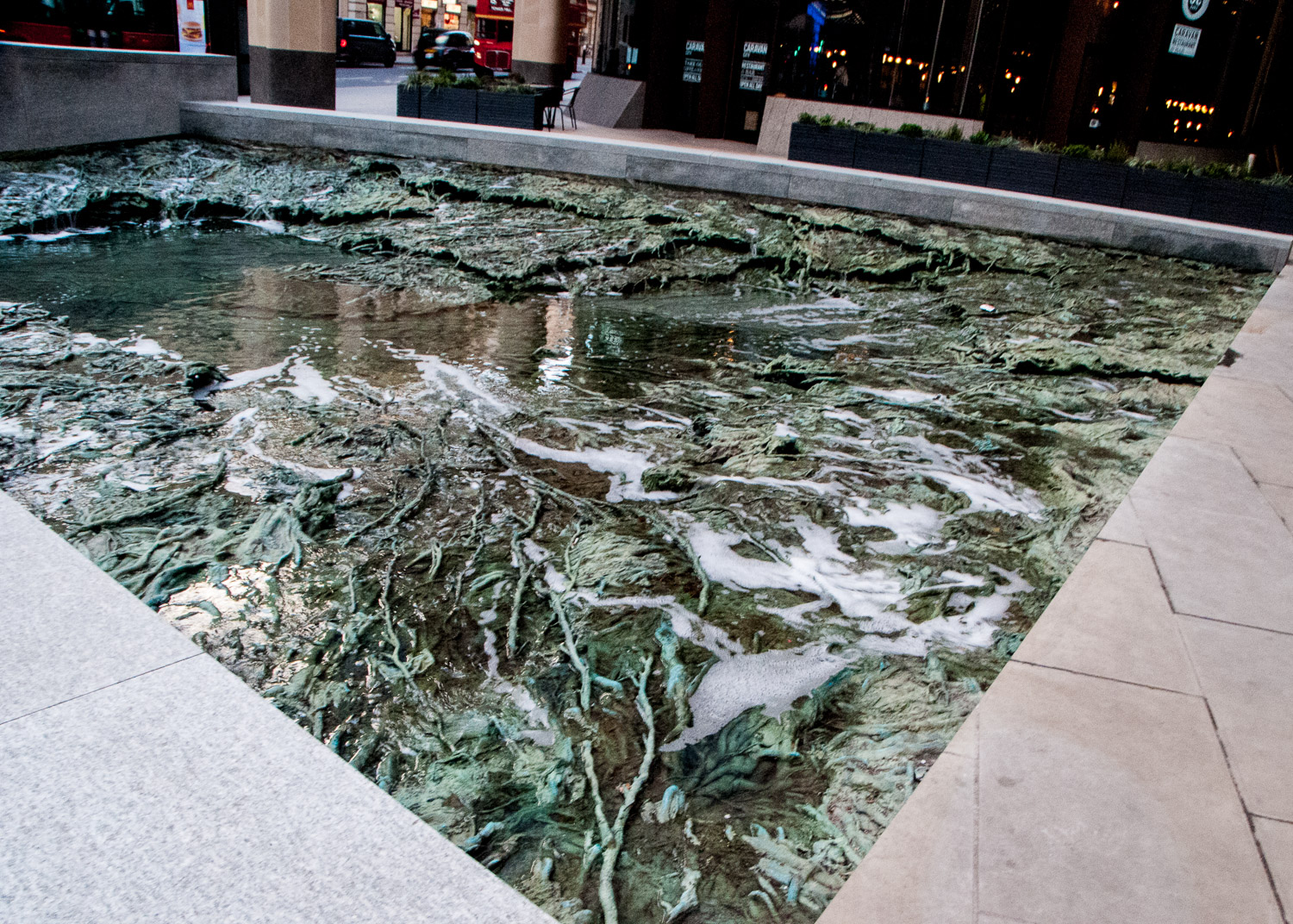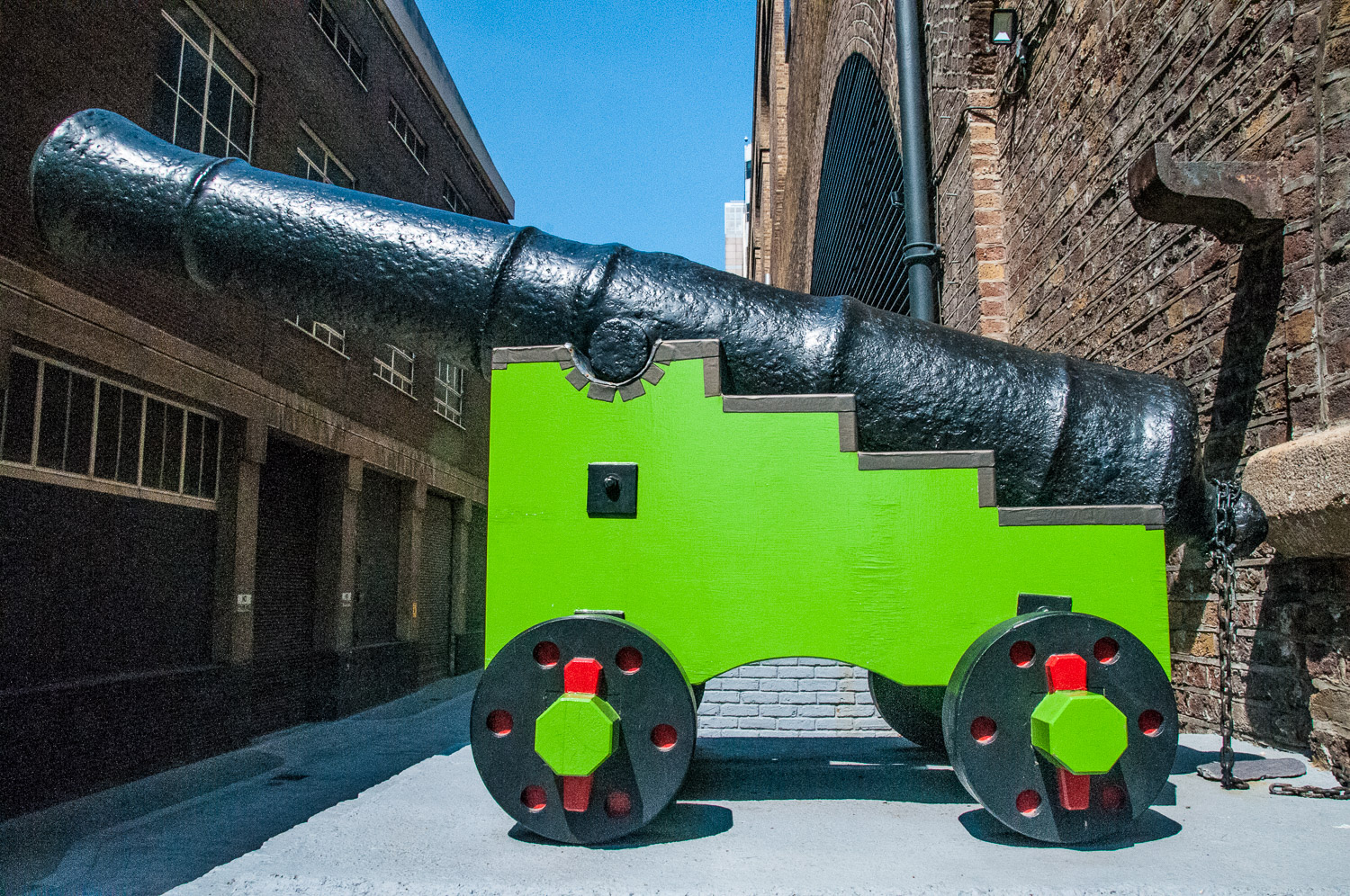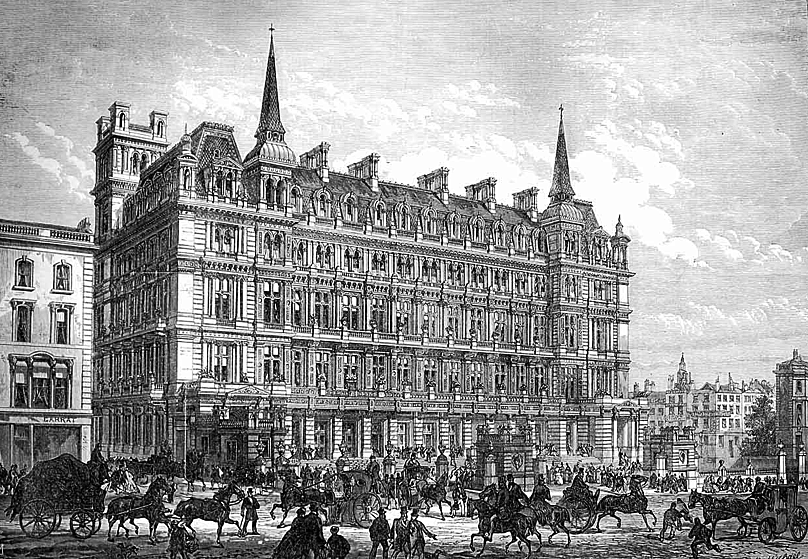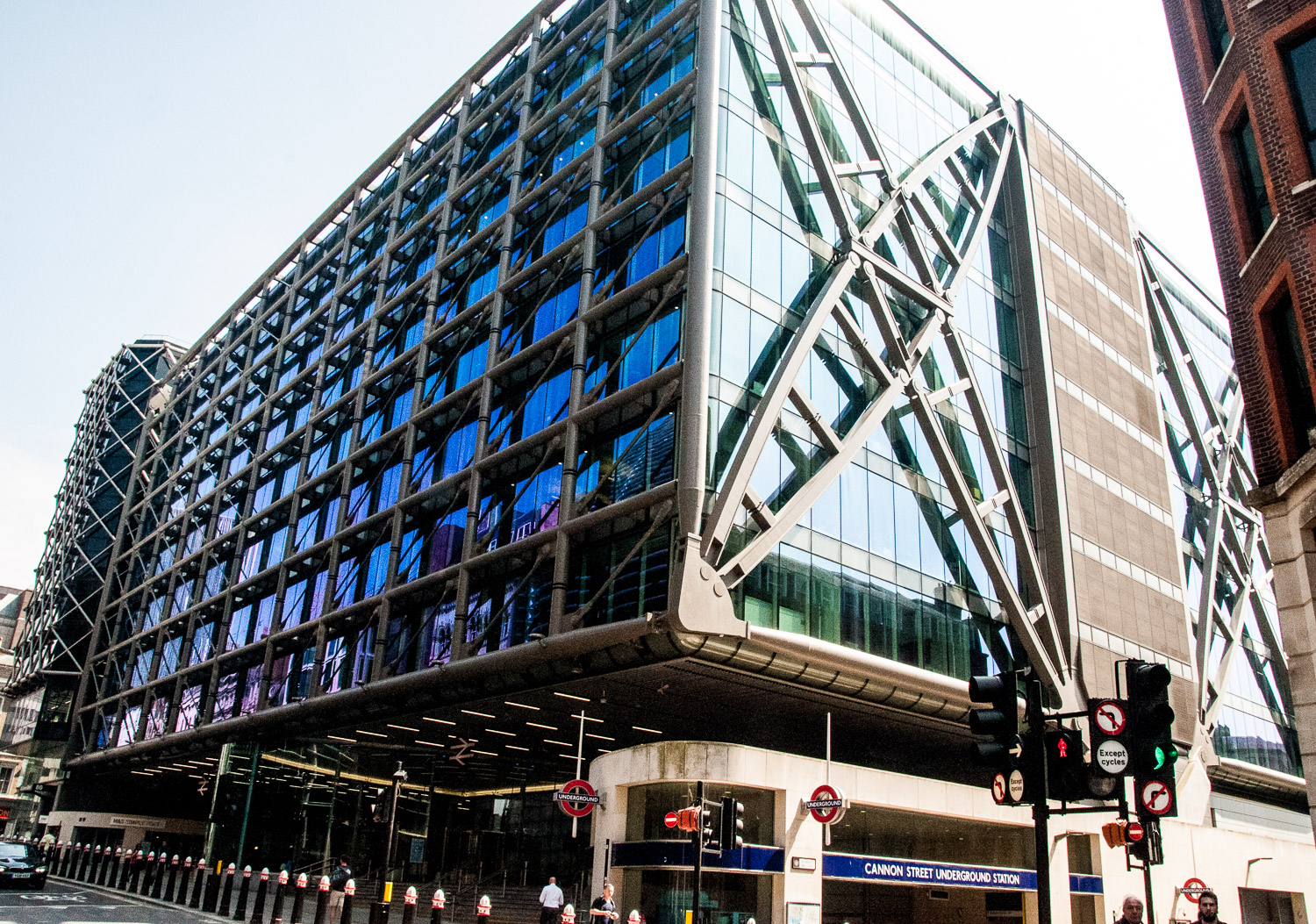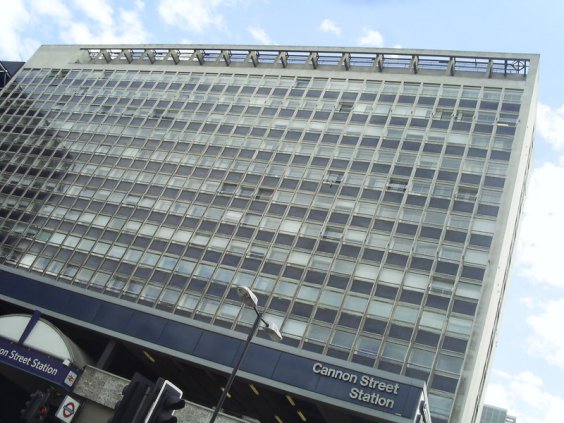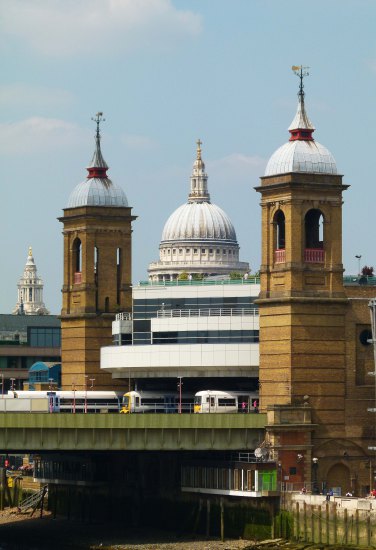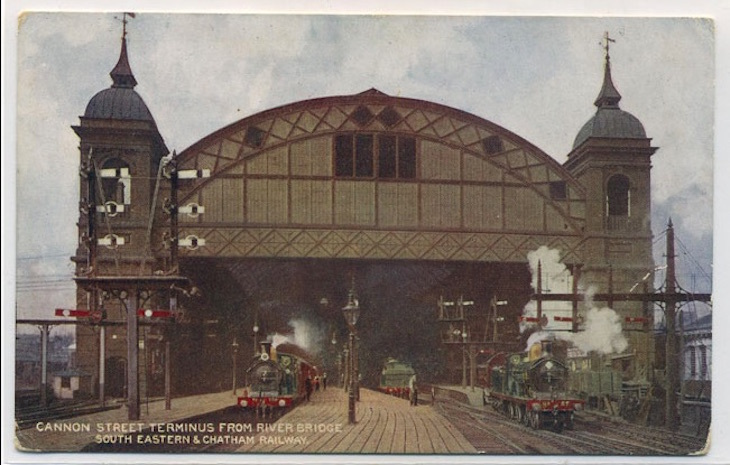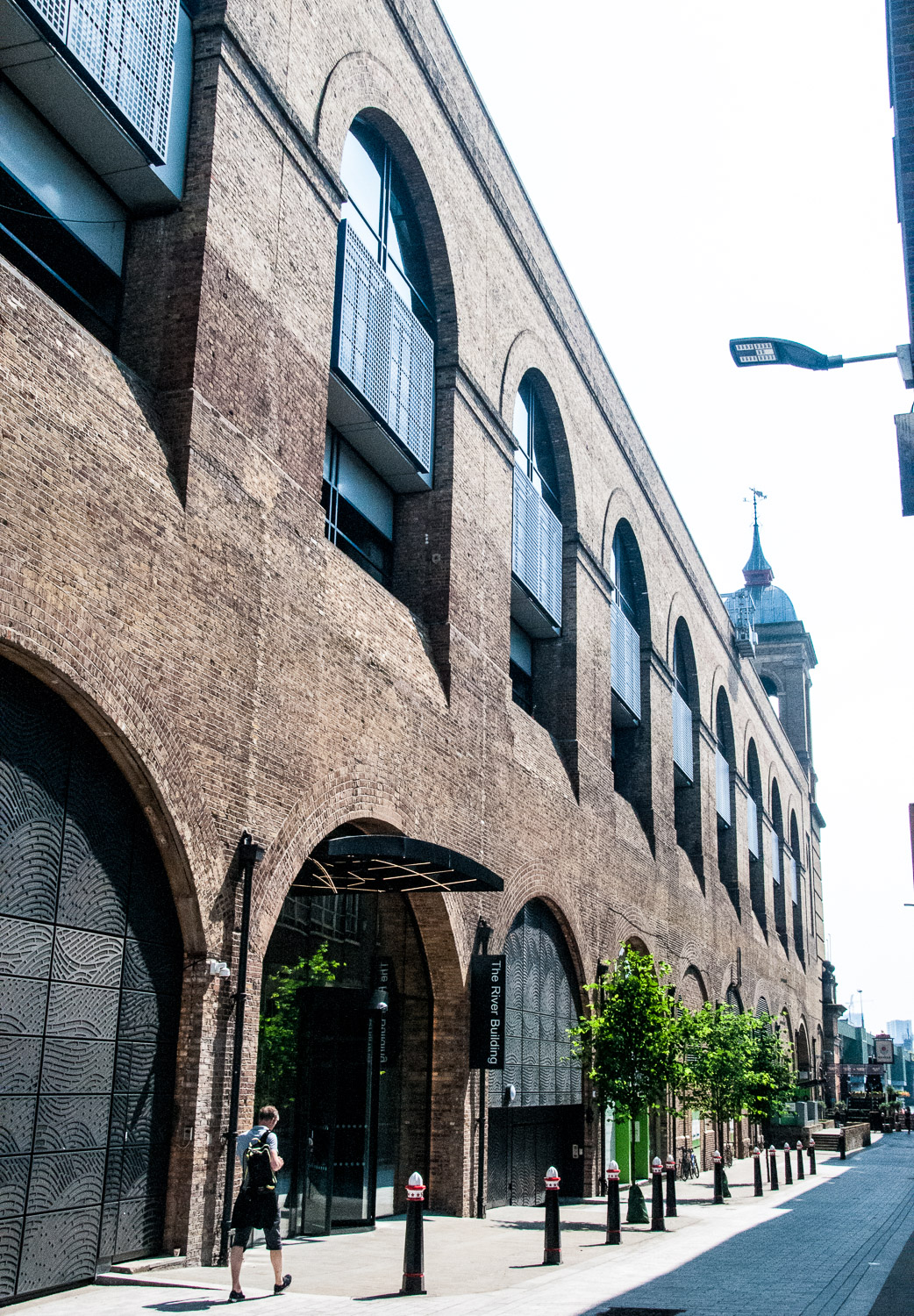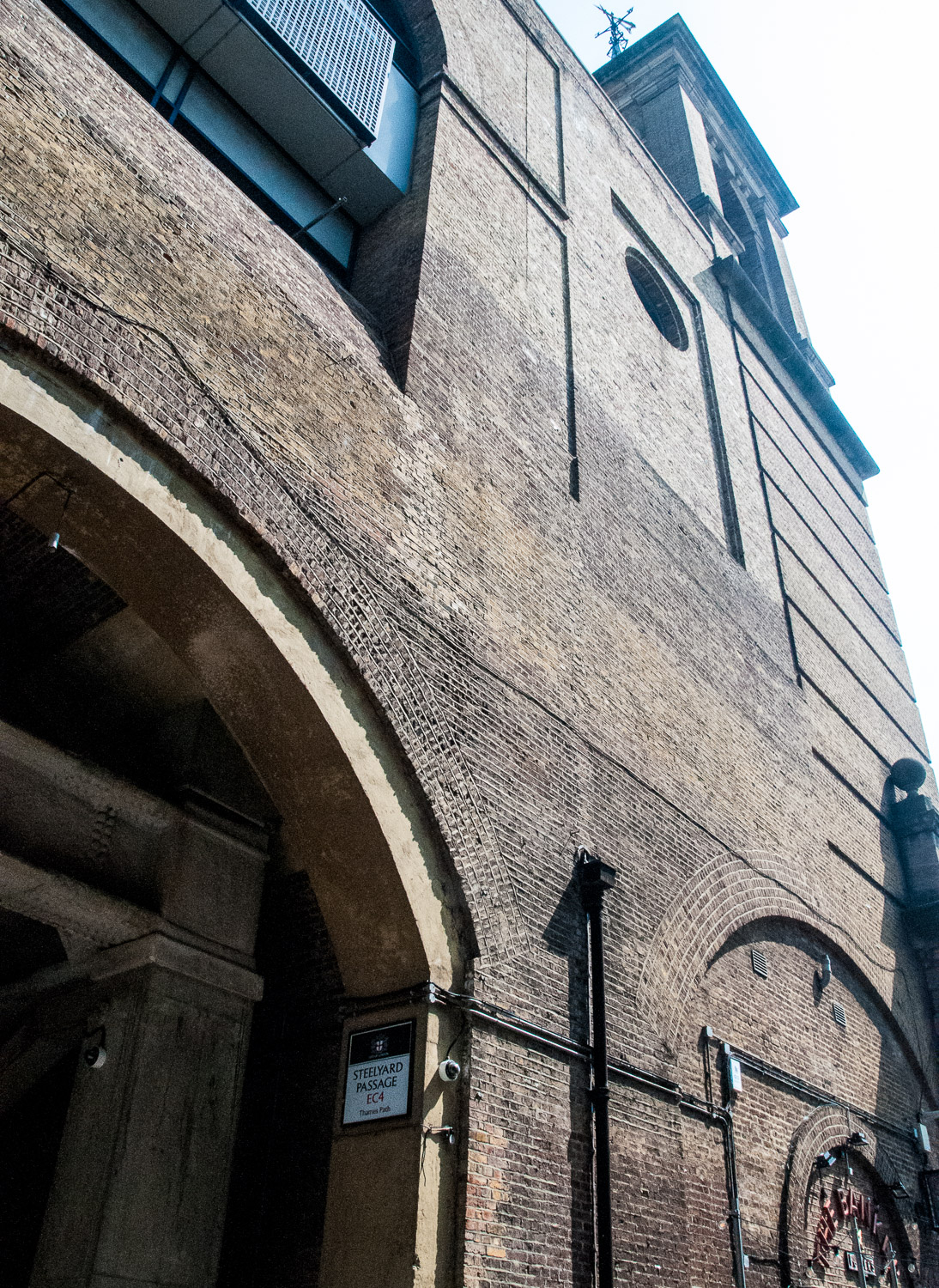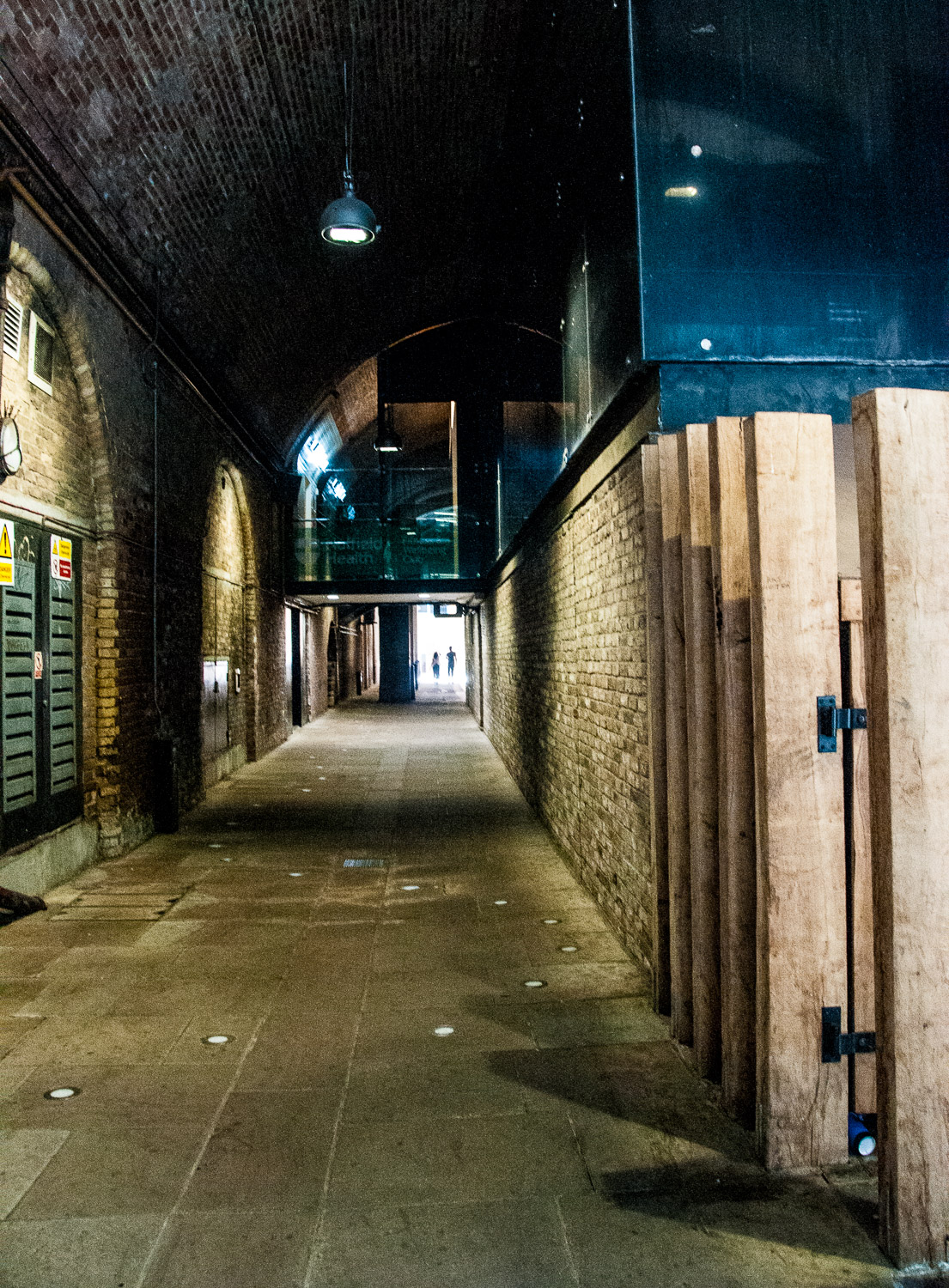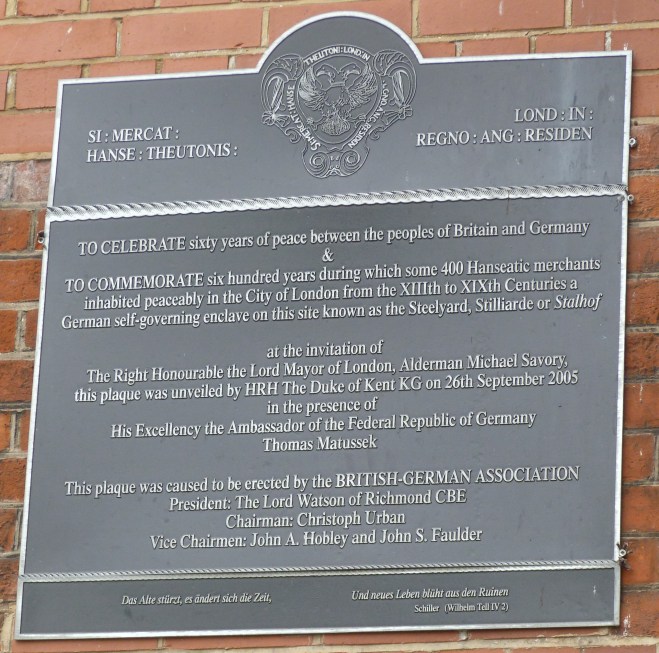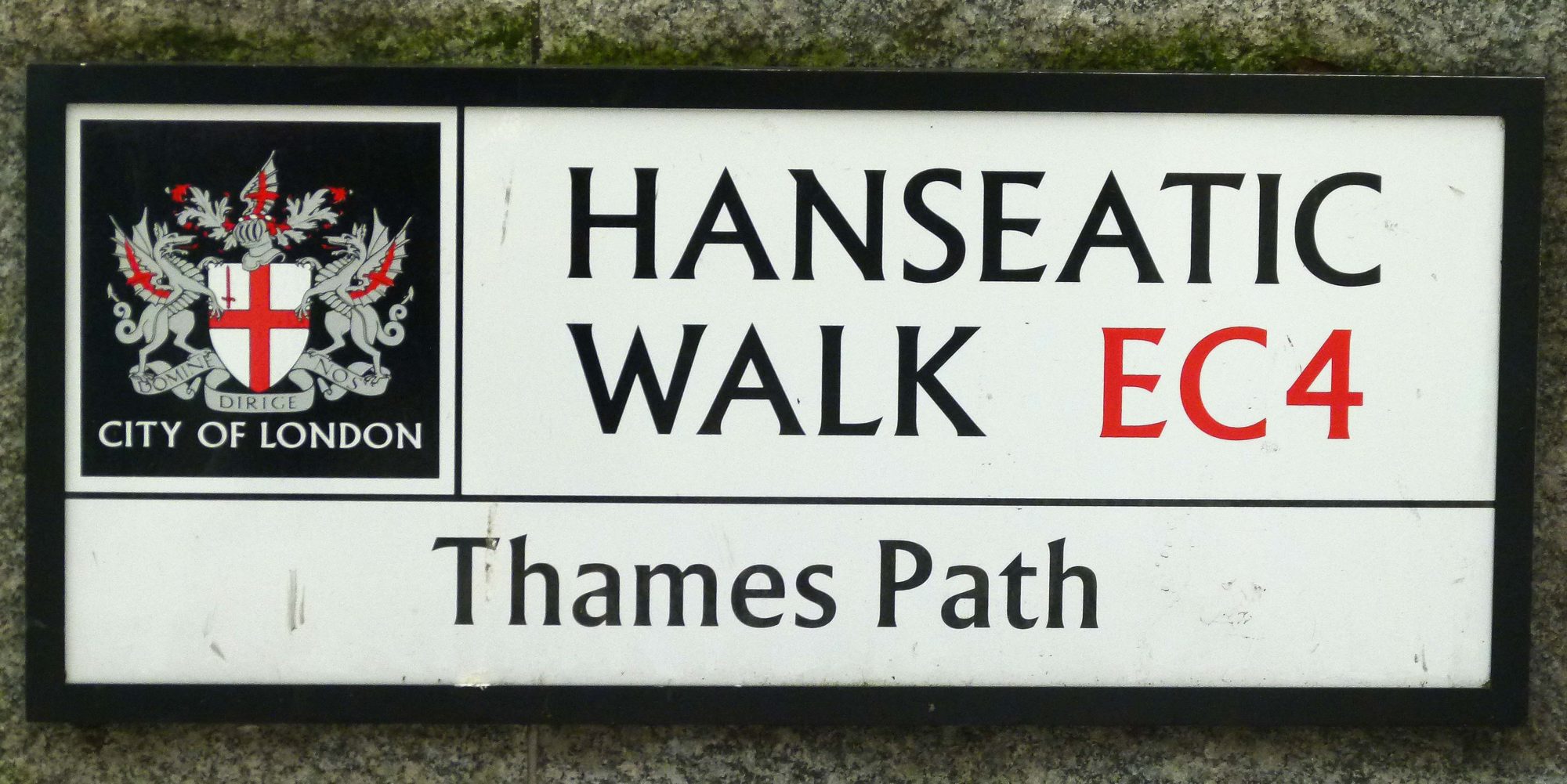I am really pleased to be celebrating the 52nd edition of my blog. Thank you so much for subscribing – especially those of you who have been doing so since the beginning.
As this is a special occasion, I am departing from the usual format and have been looking back at pictures from previous editions as well as other pictures that, for various reasons, I did not use. My only criteria for inclusion is that they made me smile and I hope you find them amusing too – where there is a blog you can click on the links to access it.
First up are these cherubs busy assembling a bazooka – I particularly like the ‘LOVE’ tattoo that one of them has on his arm …
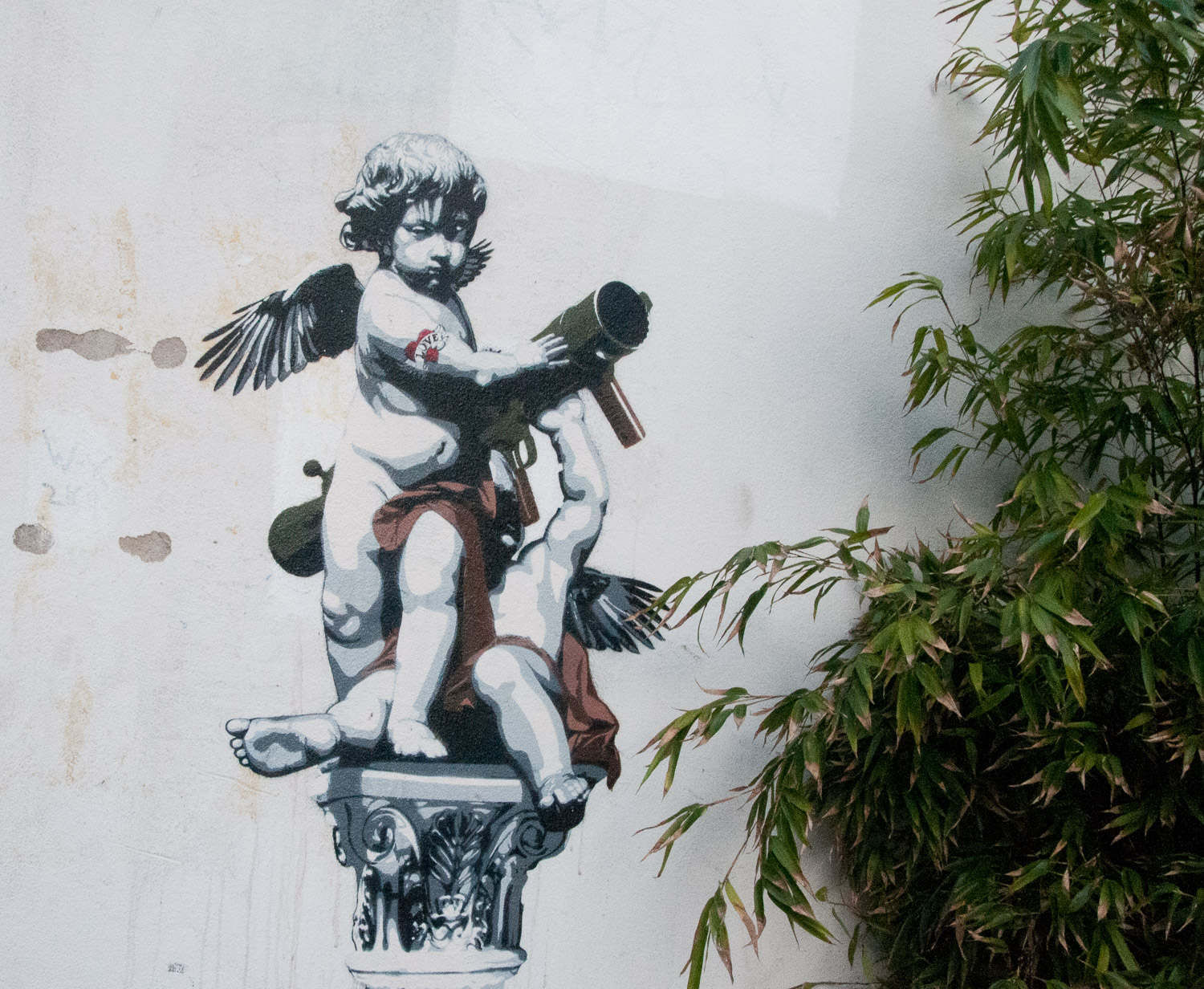
And what about these two chatting on a 19th century telephone …
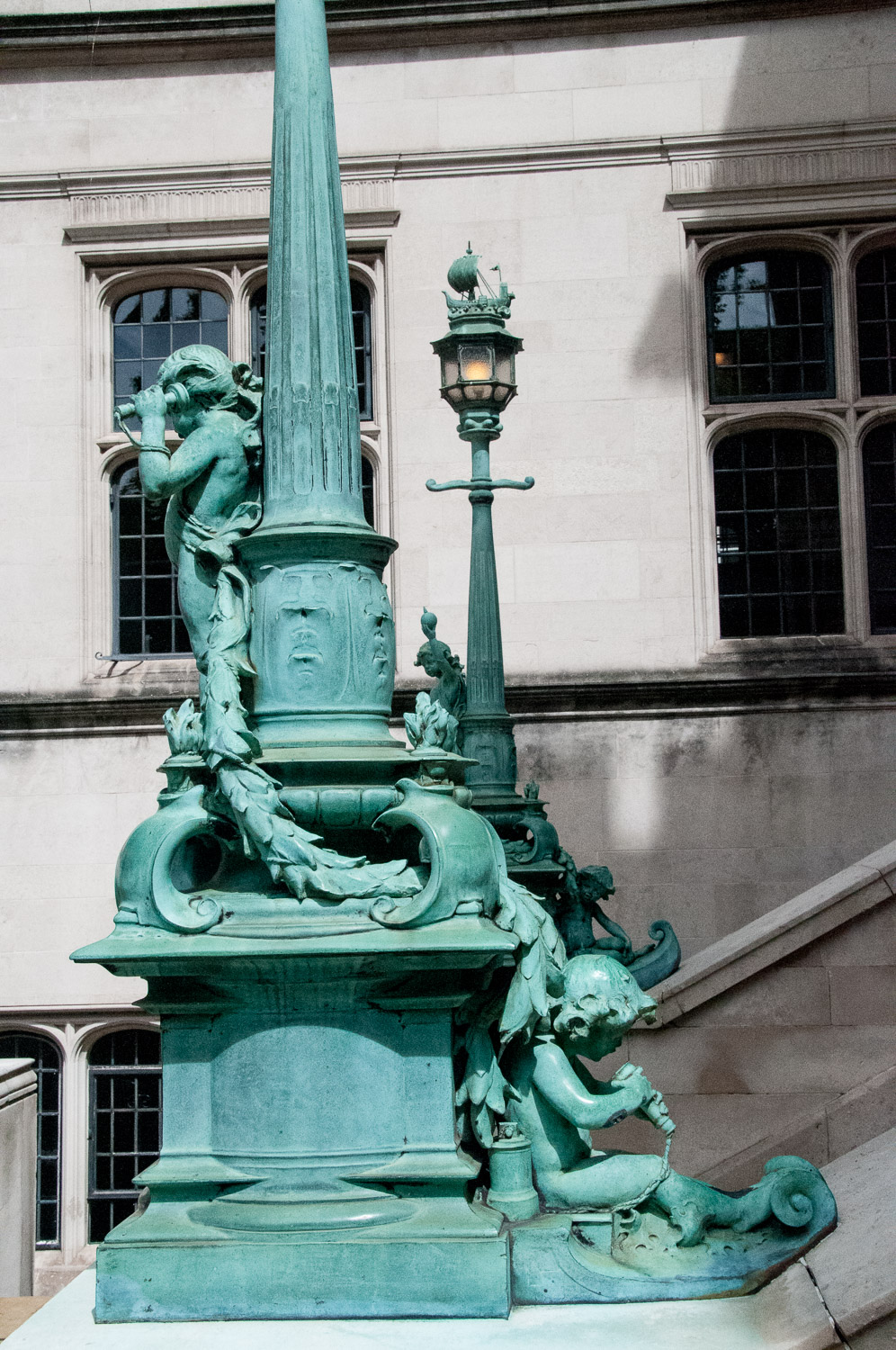
They all appeared in my blog Charming Cherubs
On looking through the archive I was surprised at just how many animals have found their way into my blog. For example, when I was photographing John Bunyan’s tomb in the Bunhill Burial Ground, I was photobombed by this cheeky squirrel. He decided to tuck into his lunch just as I was about to take the picture …
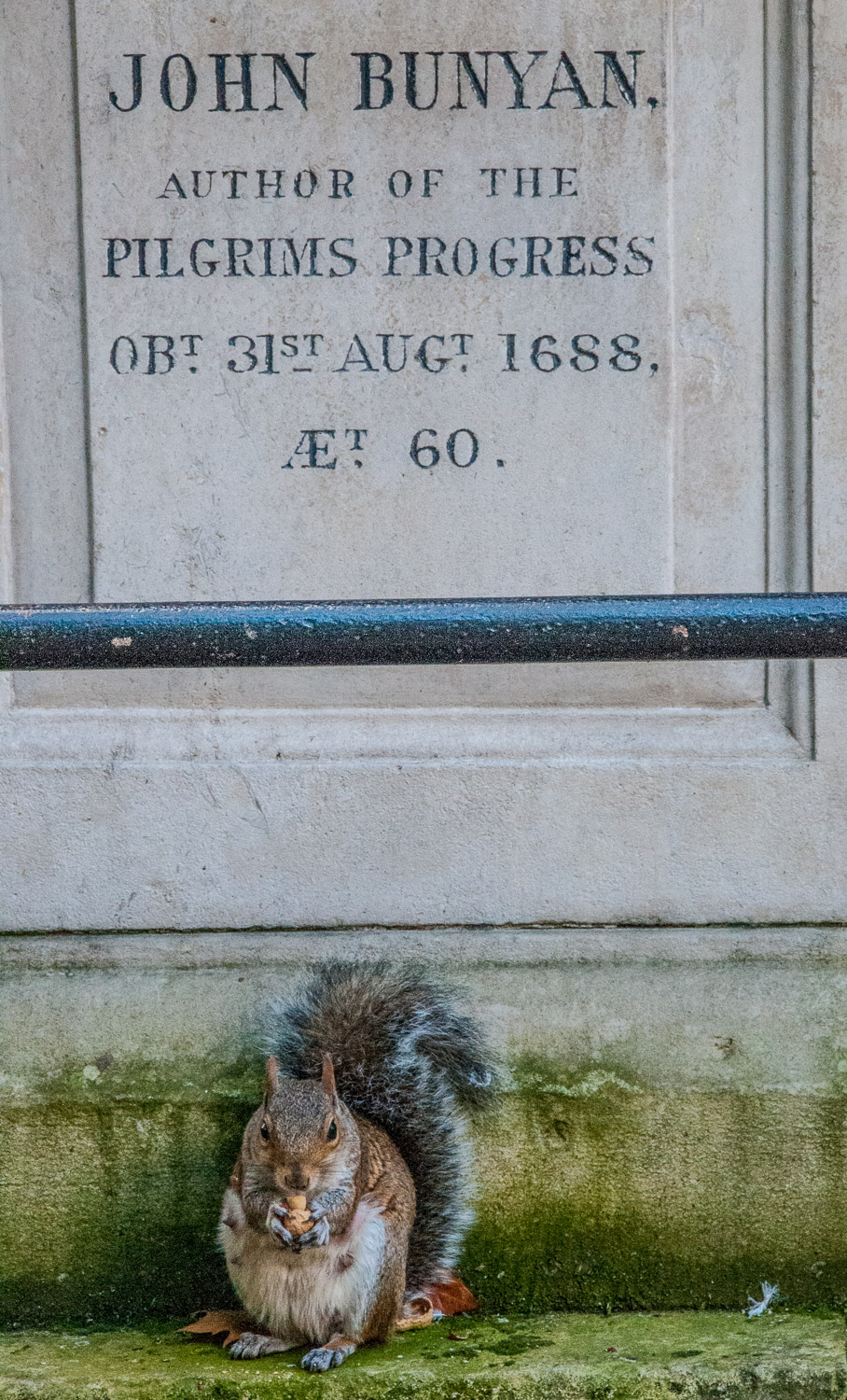
You can read more here
Everyone knows the story of Dick Whittington and his cat and here the animal is portrayed in stained glass. He looks like he has just seen a mouse – and I love his perky tail …
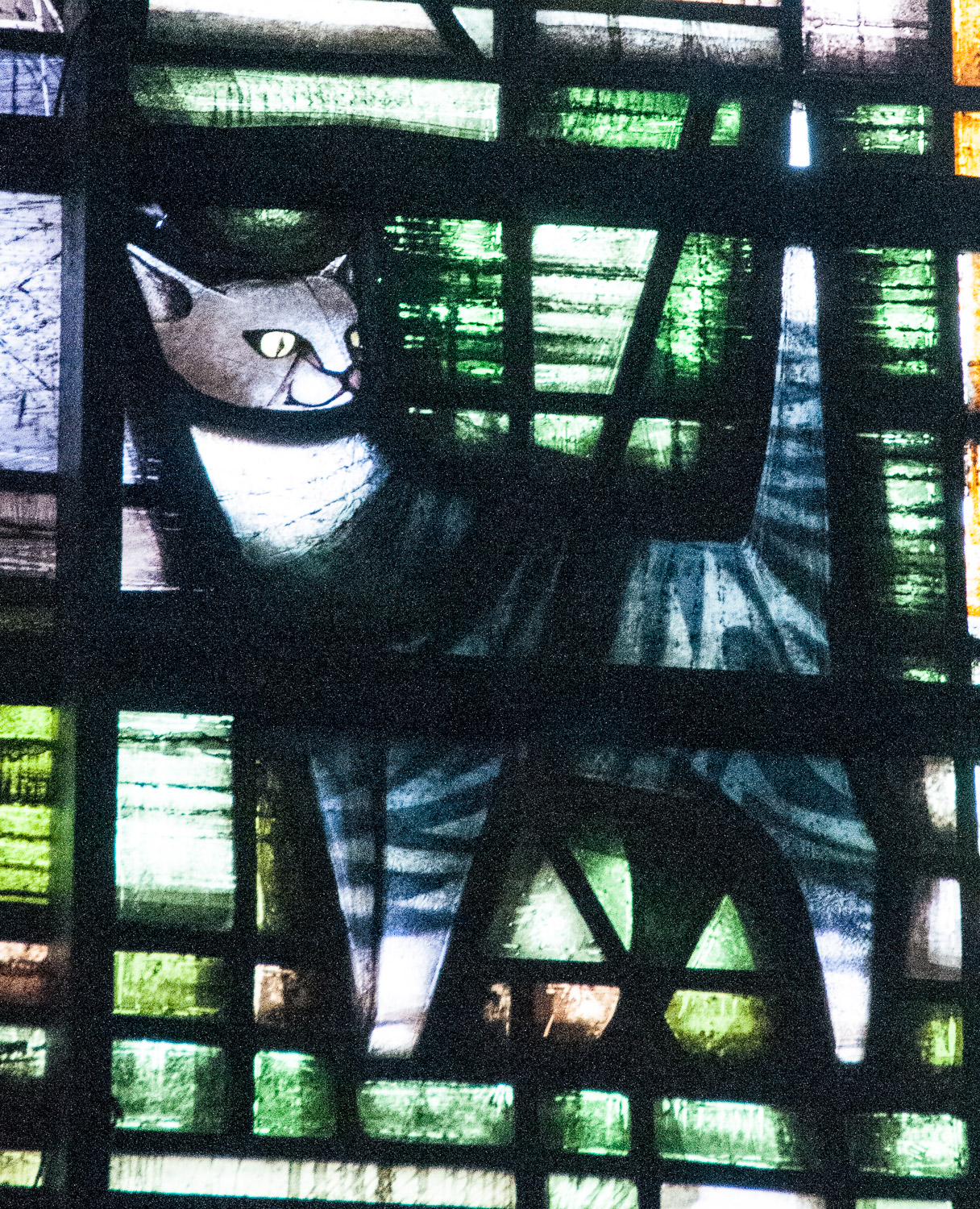
This and other stunning stained glass windows are celebrated here
Another well known cat can be found in Gough Square. His name is Hodge and he is sitting on his master’s famous dictionary …
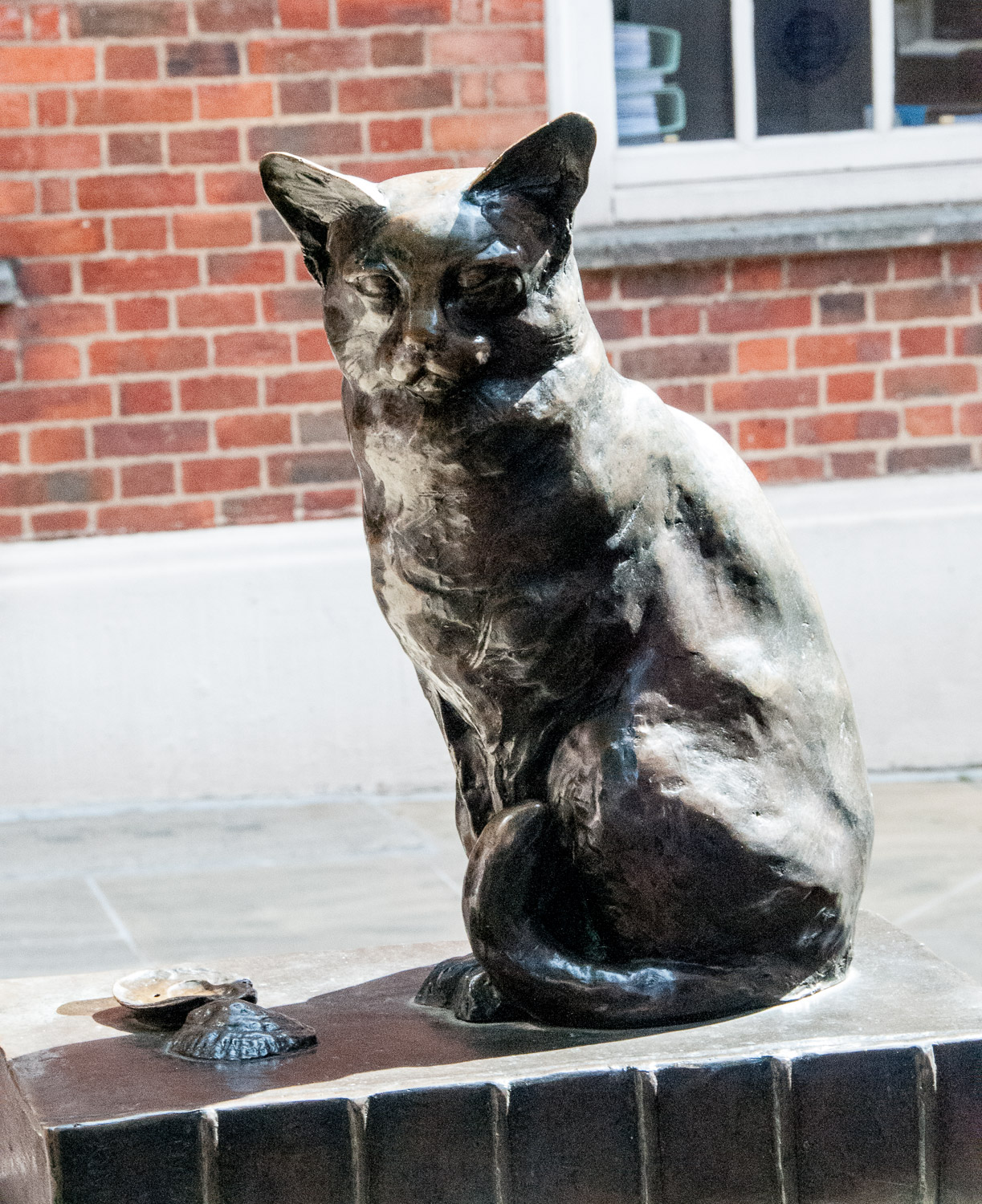
His owner, Dr Johnson, declared him ‘A very fine cat, a very fine cat indeed’
From famous cats to mysterious mice. Nibbling a piece of cheese, they add charm to a building in Philpot Lane off Eastcheap and have been described as London’s smallest sculpture.

No one knows their origin but there are a few theories. You can read more about the mice and other animals here
When deciding on how to decorate this imposing City building the sculptor had a bit of fun by adding this little boy struggling to hold a goose …
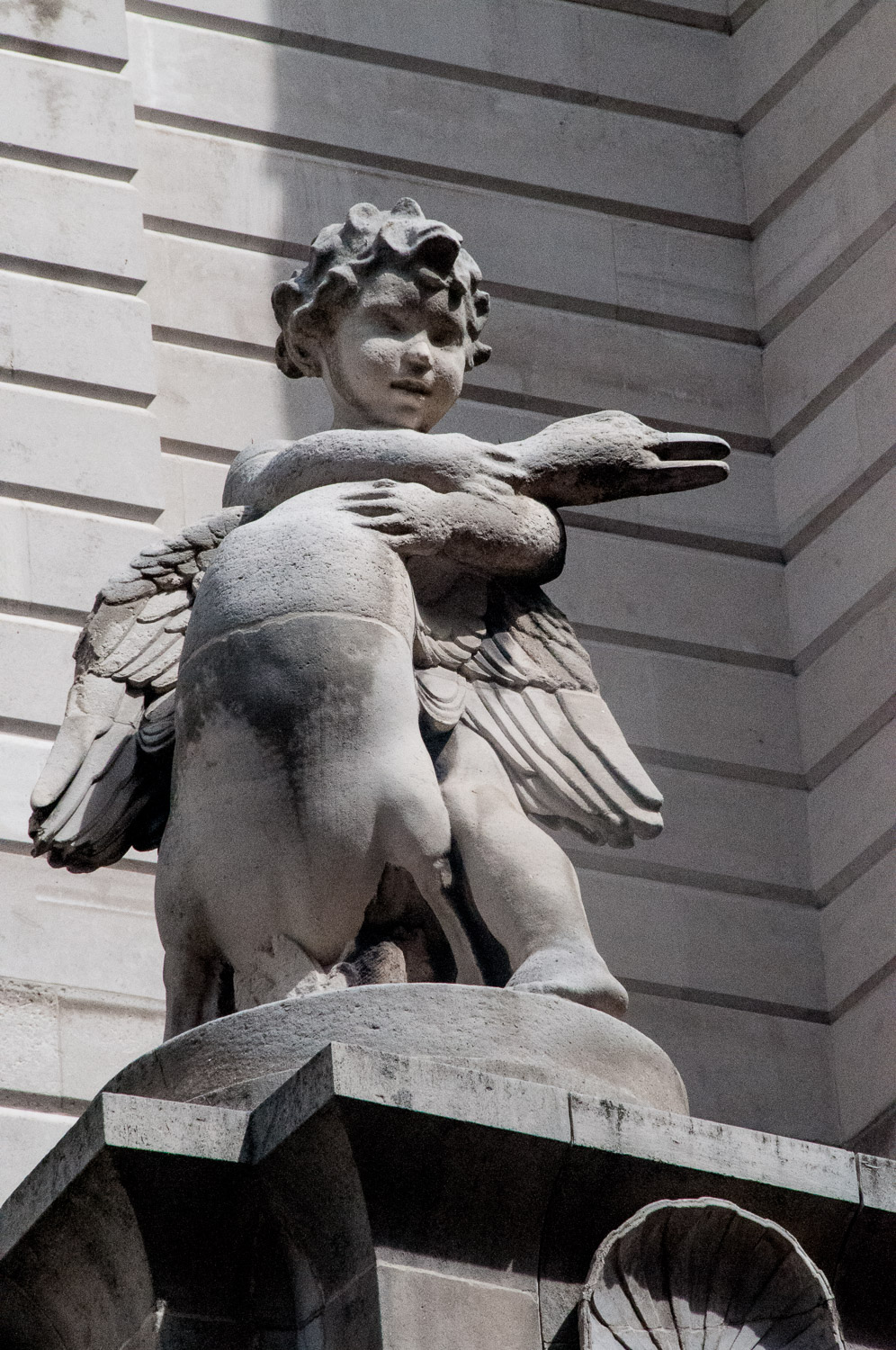
The street it is on is, of course, Poultry
Floppy eared dogs and smiling boars’ heads compete for your attention at the corner of Eastcheap and Philpot Lane …

Unfortunately when I looked recently they had been repainted a dull, boring cream.
They reference a Shakespeare play and you can read more here
I really liked this poster for the movie King Kong and then had to smile when, looking closely, I noticed an unusual feature. As Kong rampages through New York, he also seems to be chasing a double-decker London bus …
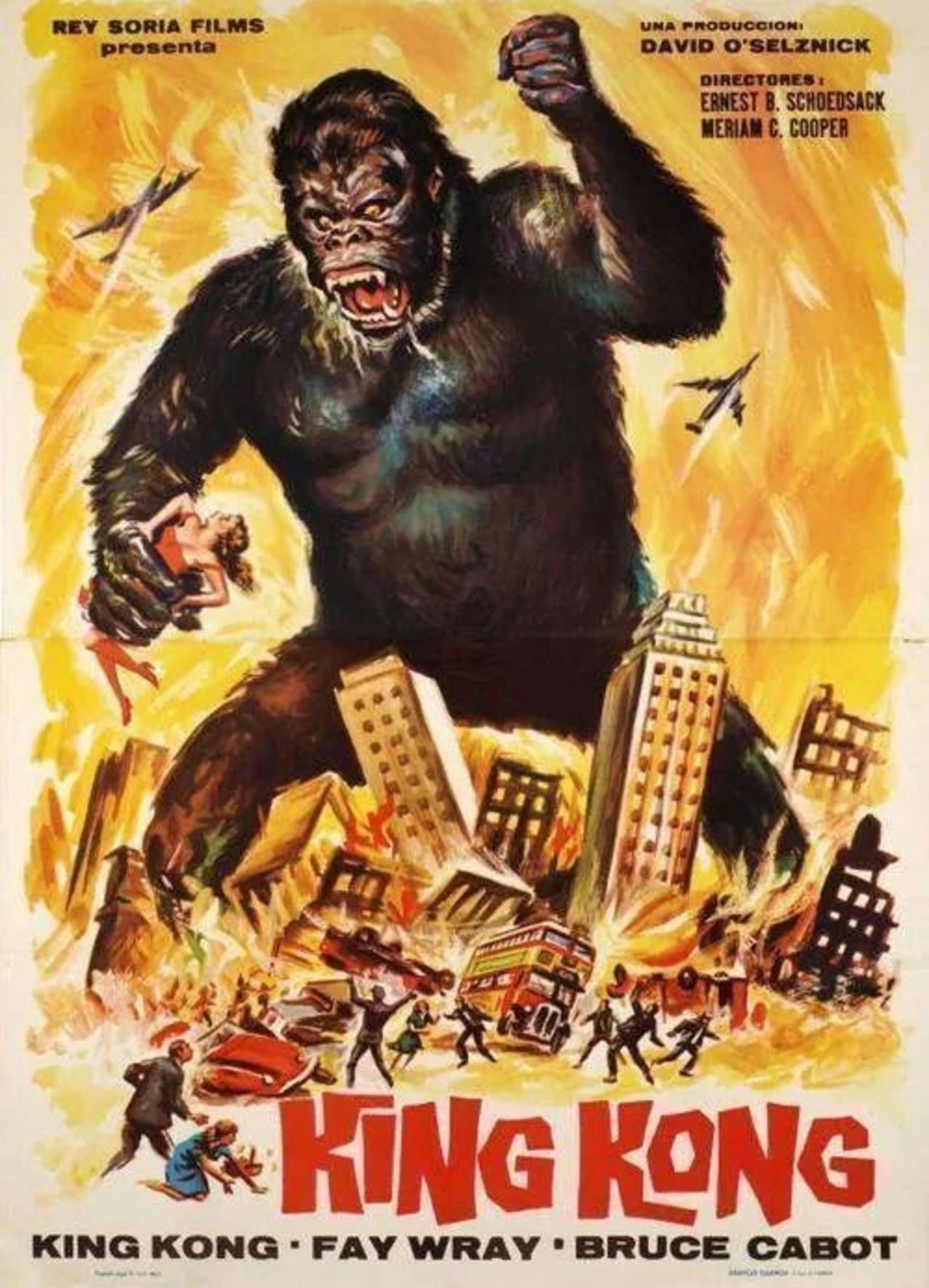
Edgar Wallace worked on the script for the film and I recount some of his story here
Is this the only statue in London portraying a man with a pronounced squint?
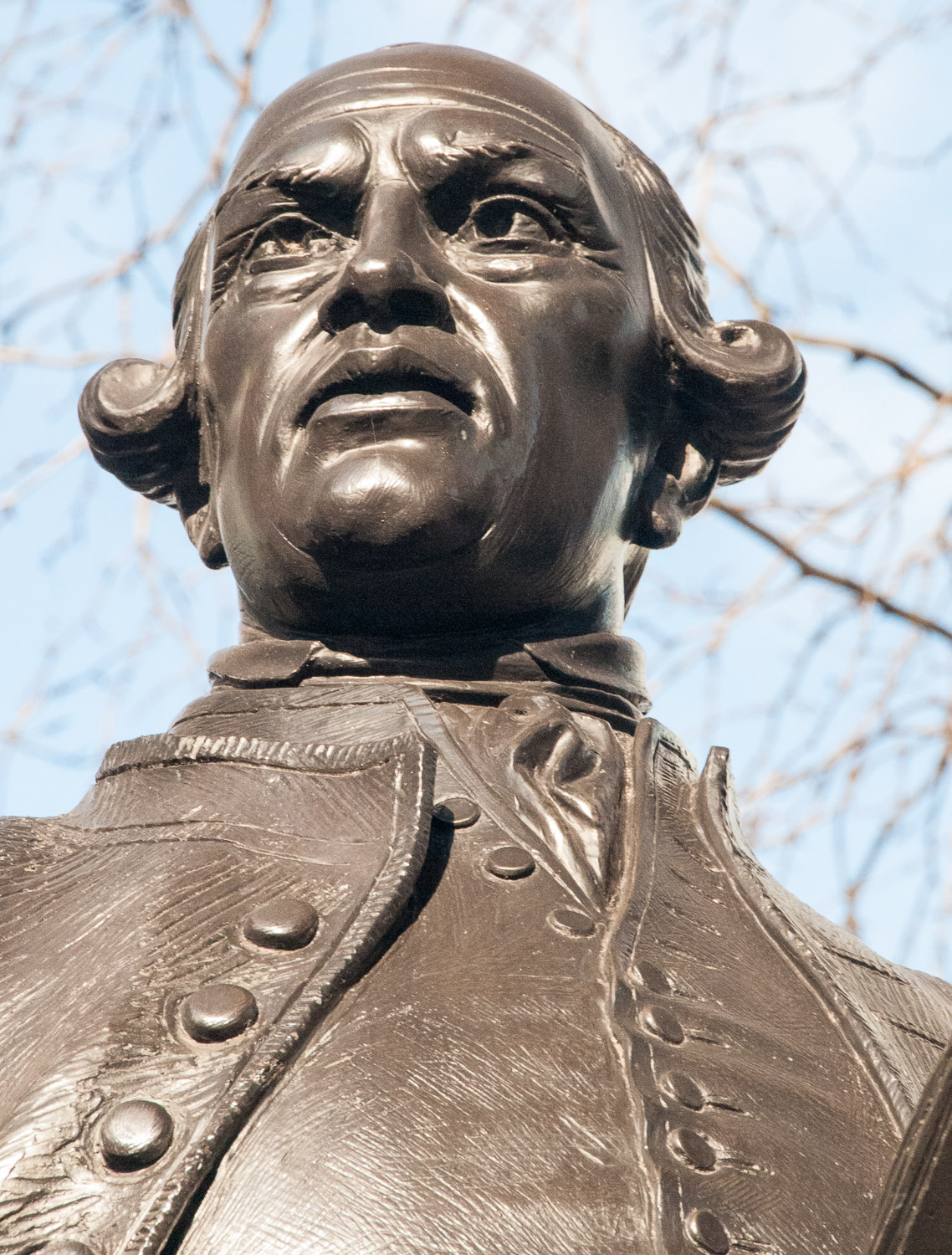
The inscription on his statue reads as follows: ‘A champion of English freedom, John Wilkes 1727-1797, Member of Parliament, Lord Mayor.’ You can read more about him here
Unveiled in November 2017, this splendid sculpture in the Christchurch Greyfriars Church Garden commemorates Christ’s Hospital School’s 350 years presence in the City of London from 1552 to 1902.
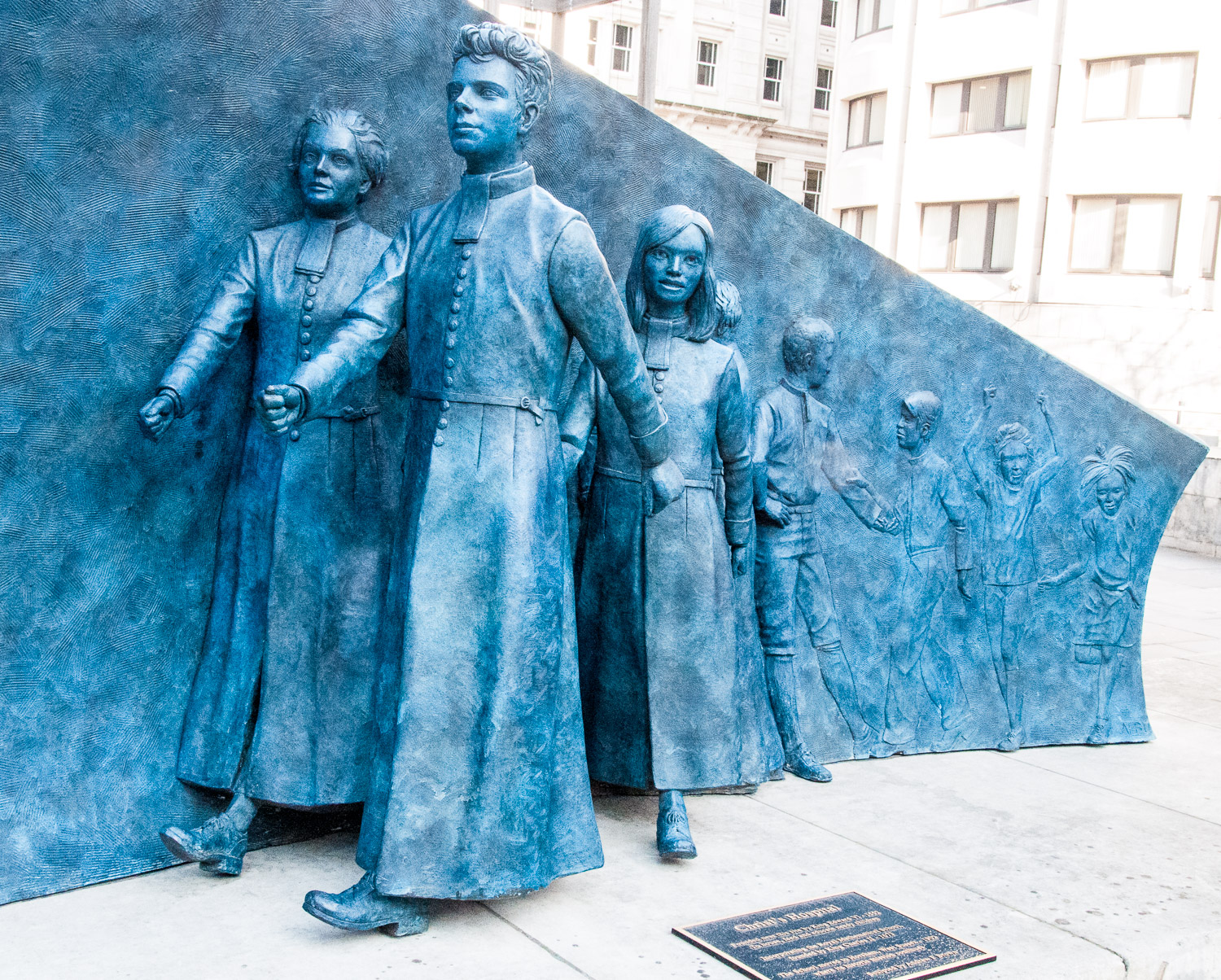
The sculpture is ‘designed to curve gently, reflecting the care and support provided to children, who flow from the youngest entering the School to confident adolescents marching boldly into their futures’.
What made me smile was the portrayal of the ragamuffins at the far right, obviously before they benefited from the school’s civilising influence …
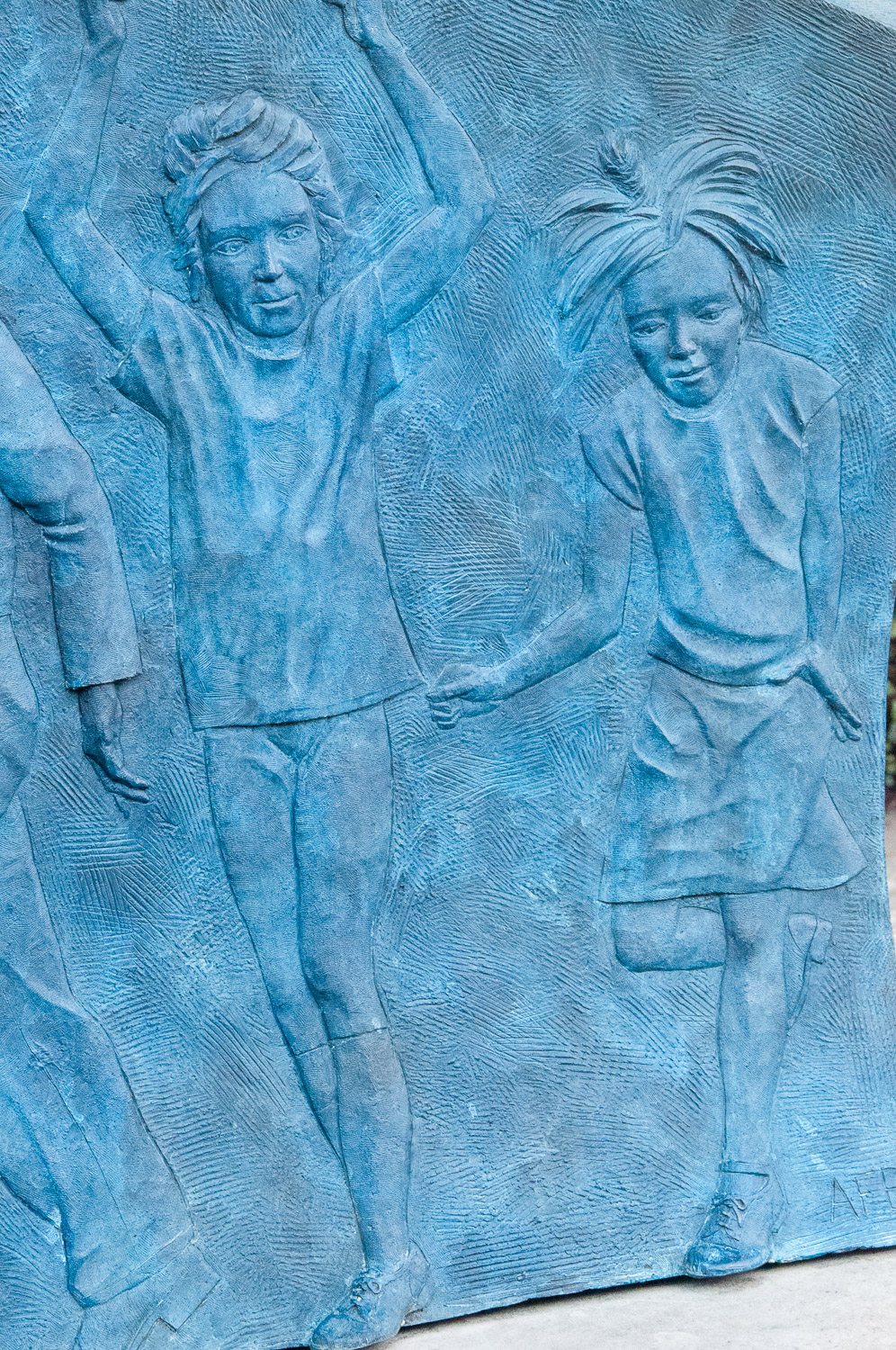
They look like they are having great fun running wild.
The Cornhill Devils are said to resemble the rector of the church next door …
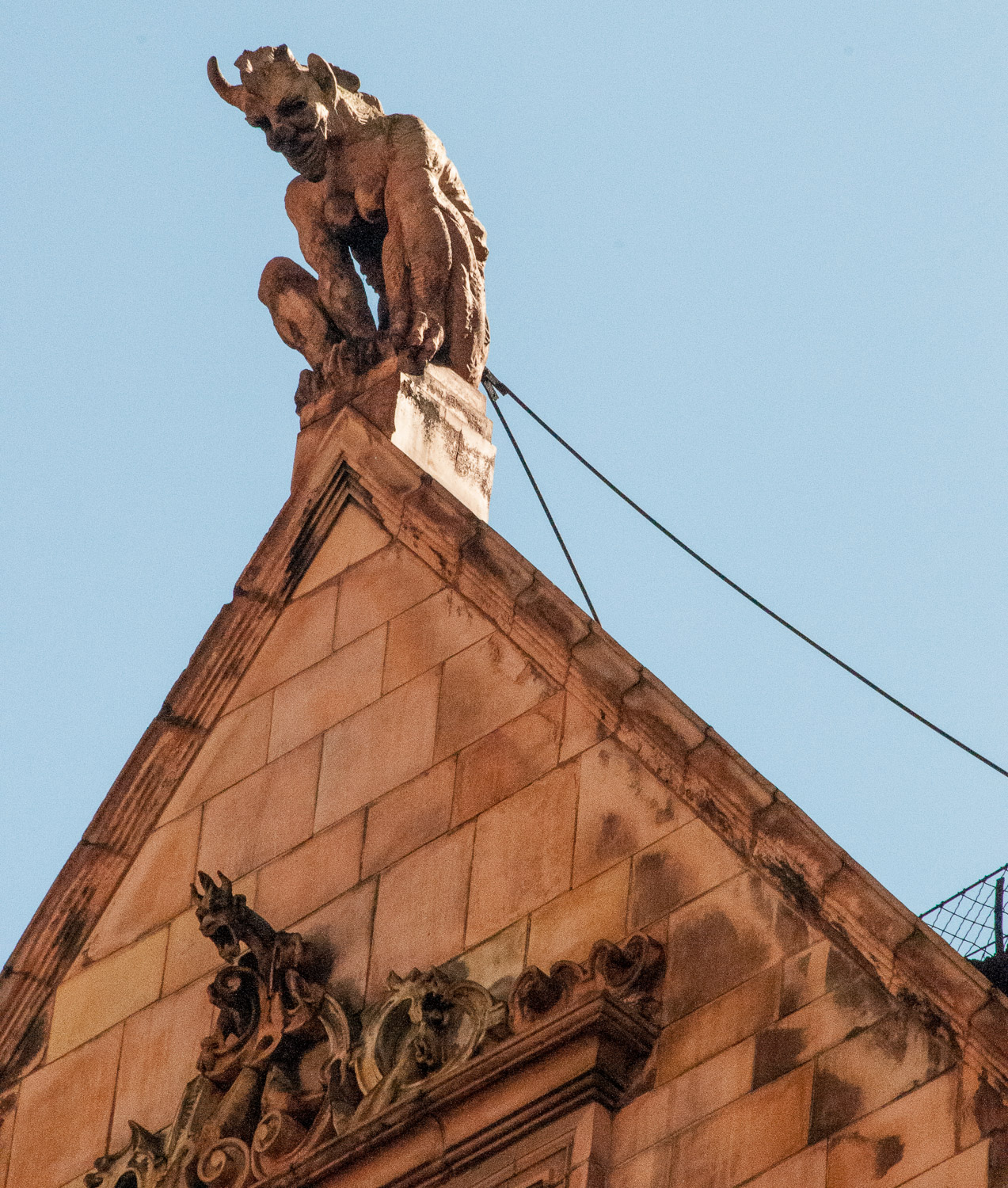
I tell the story of the devils in this blog
If you walk down Fleet Street you will notice that many of the narrow alleyways leading off to the north have plaques embedded in their entrance telling stories of Fleet Street in its heyday as the print news capital of the UK. The one at the entry to St Dunstan’s Court reminds one of the way game technology has moved on. Older readers will recognise figures from Pacman, the game used here to illustrate ‘hi tech’ developments. Younger readers will probably have no idea what we are talking about …

I don’t normally like graffiti but this seemed fair comment when you look around the City today …
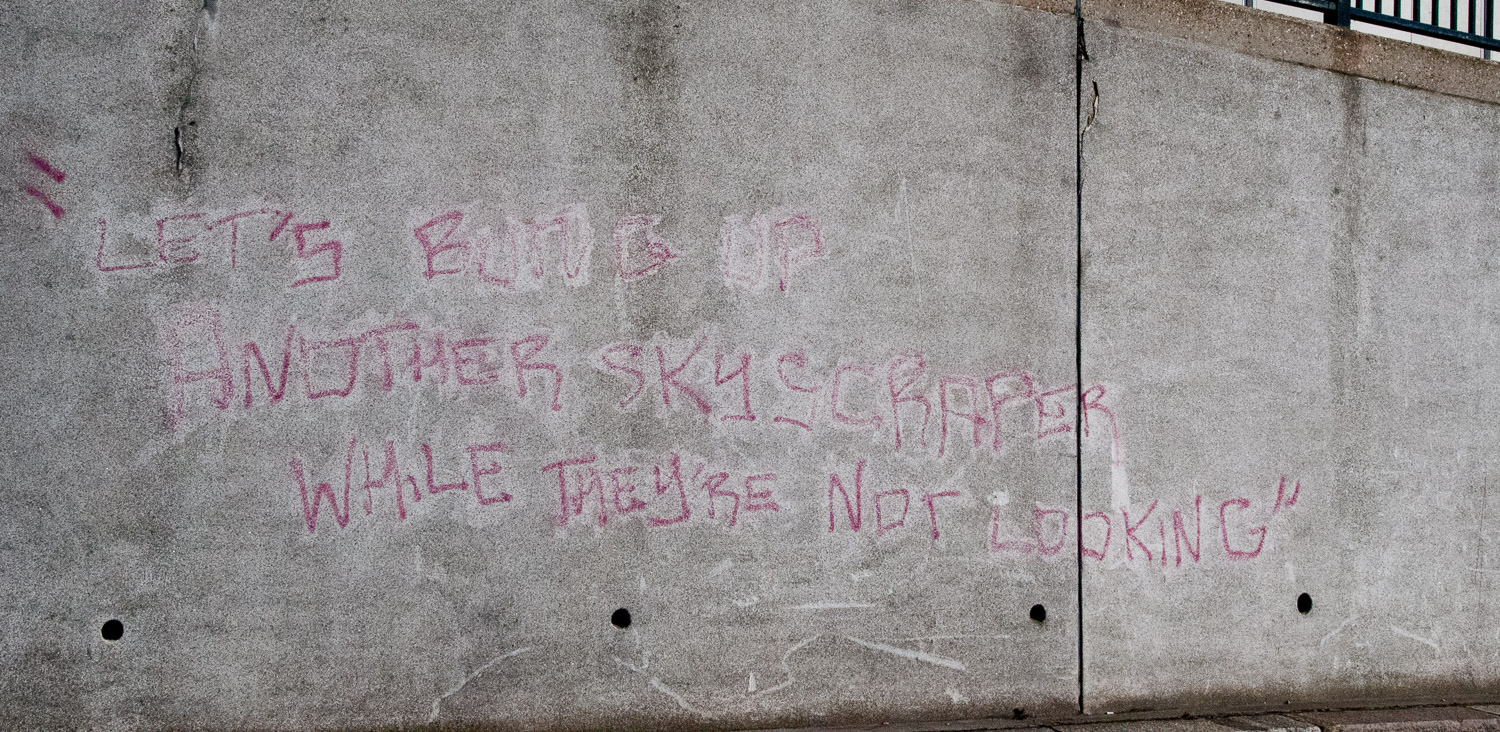
‘Let’s bung up another skyscraper while they’re not looking.’
And I will end with a picture from my first blog. Happily these camels are still being led towards Tower hill …

Here’s a link to my first blog
Thank you again for subscribing!

